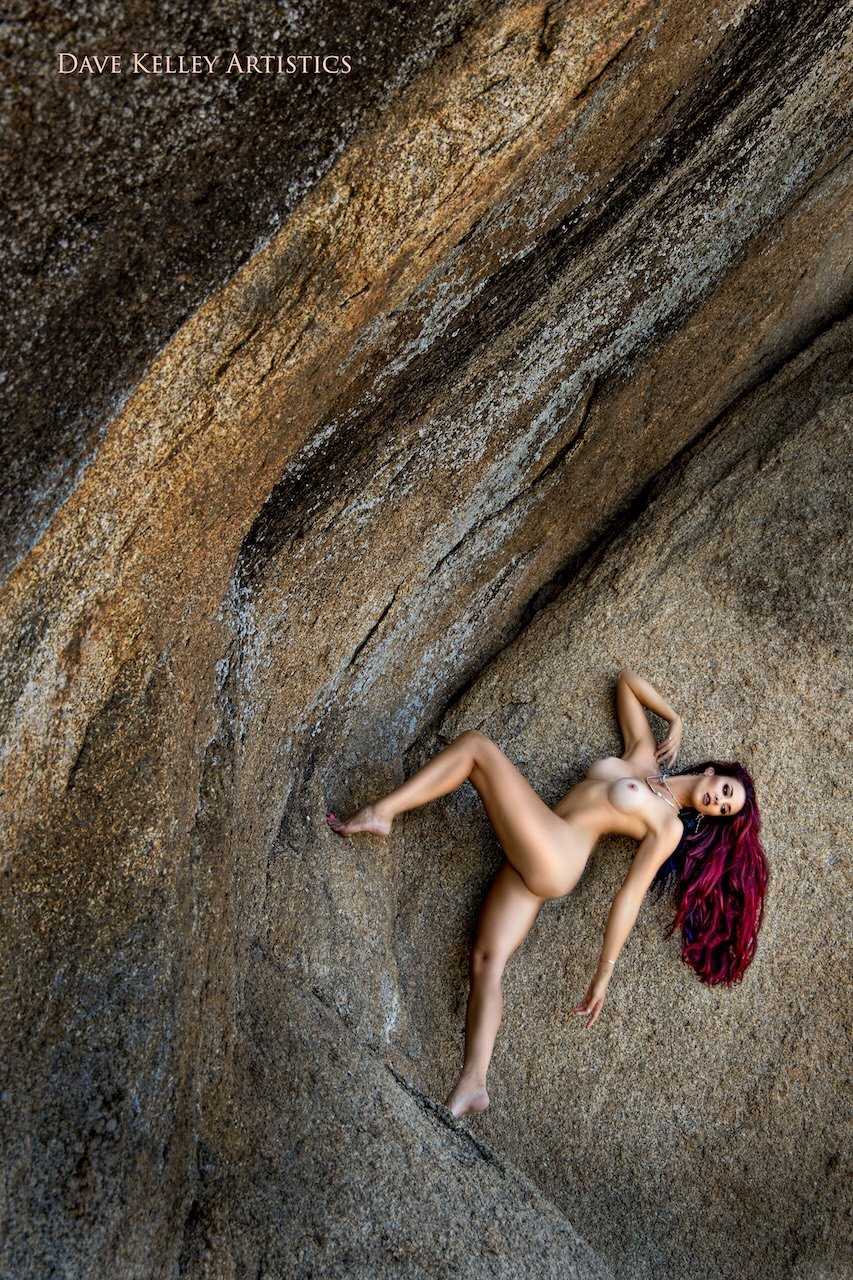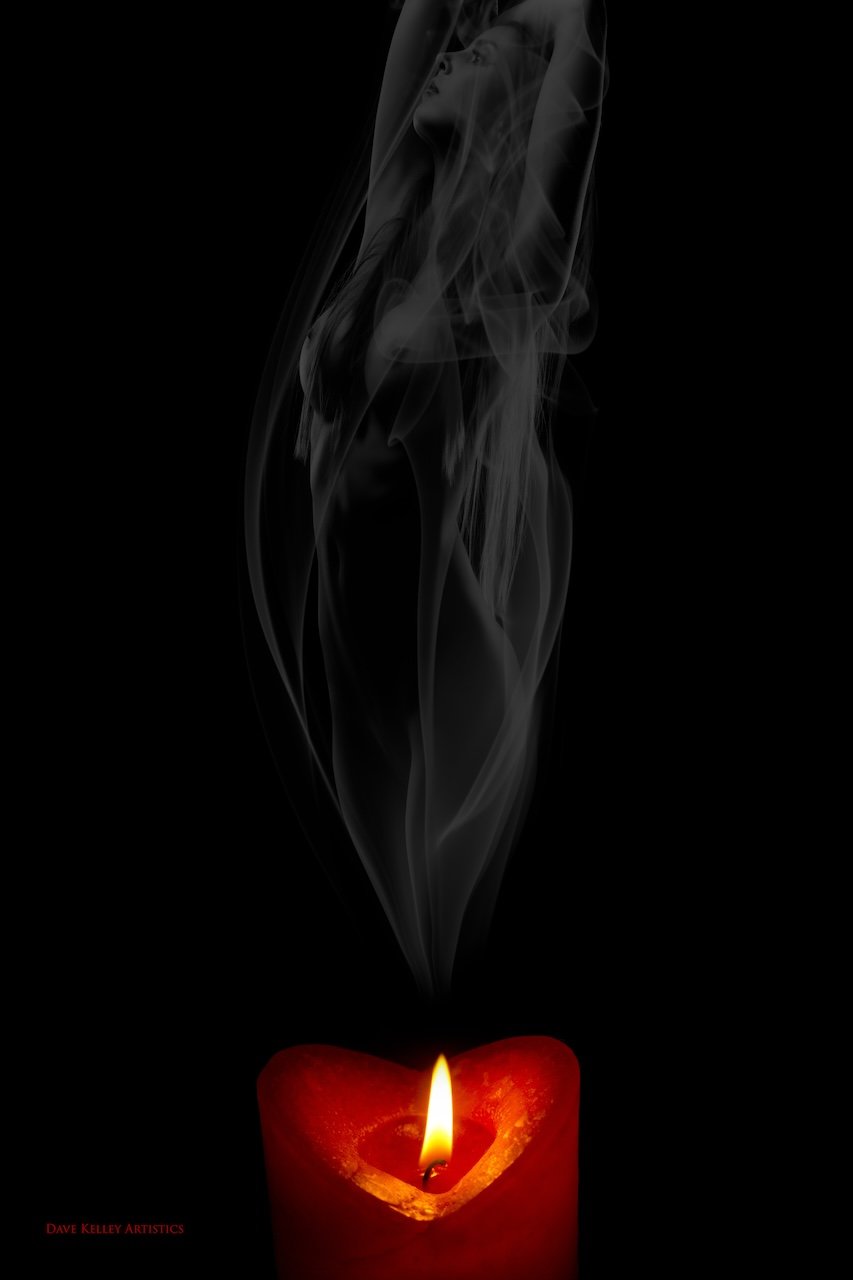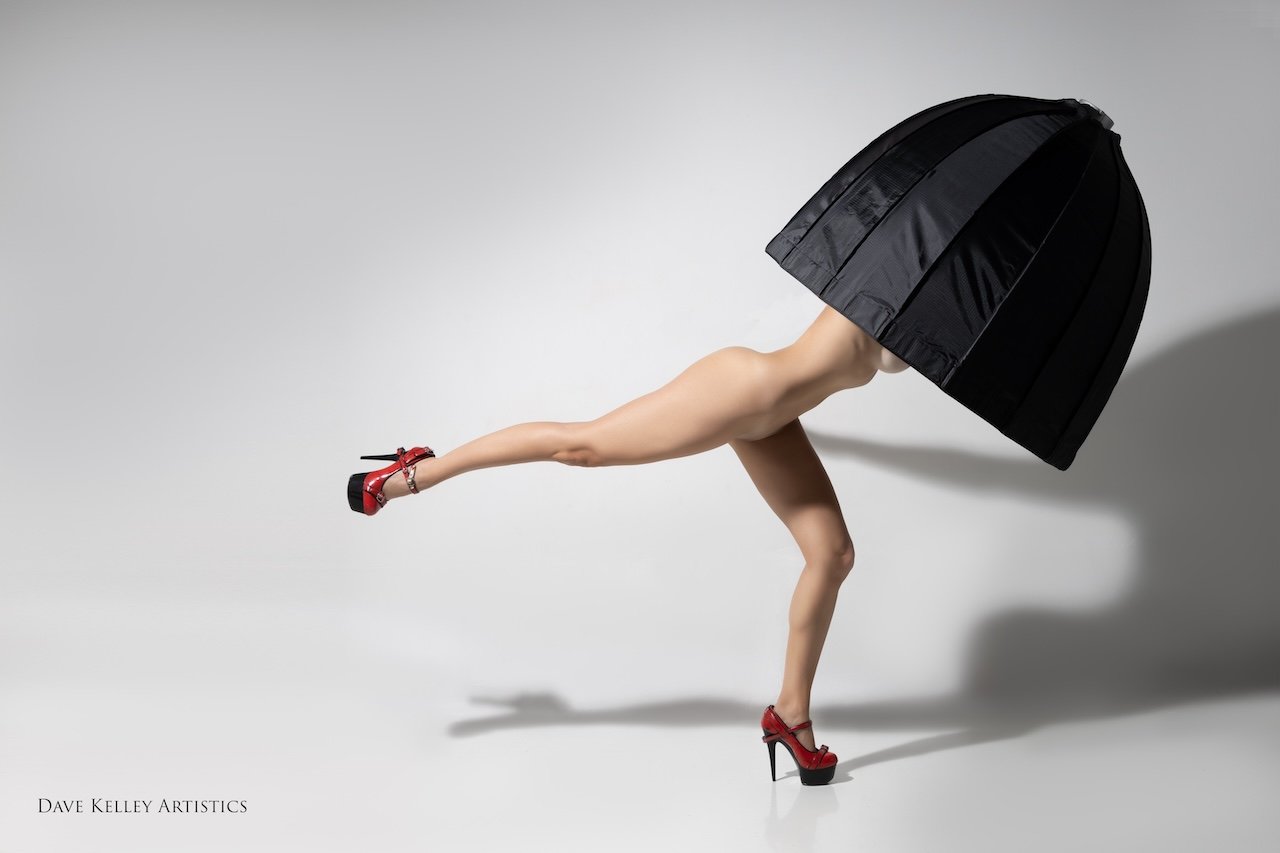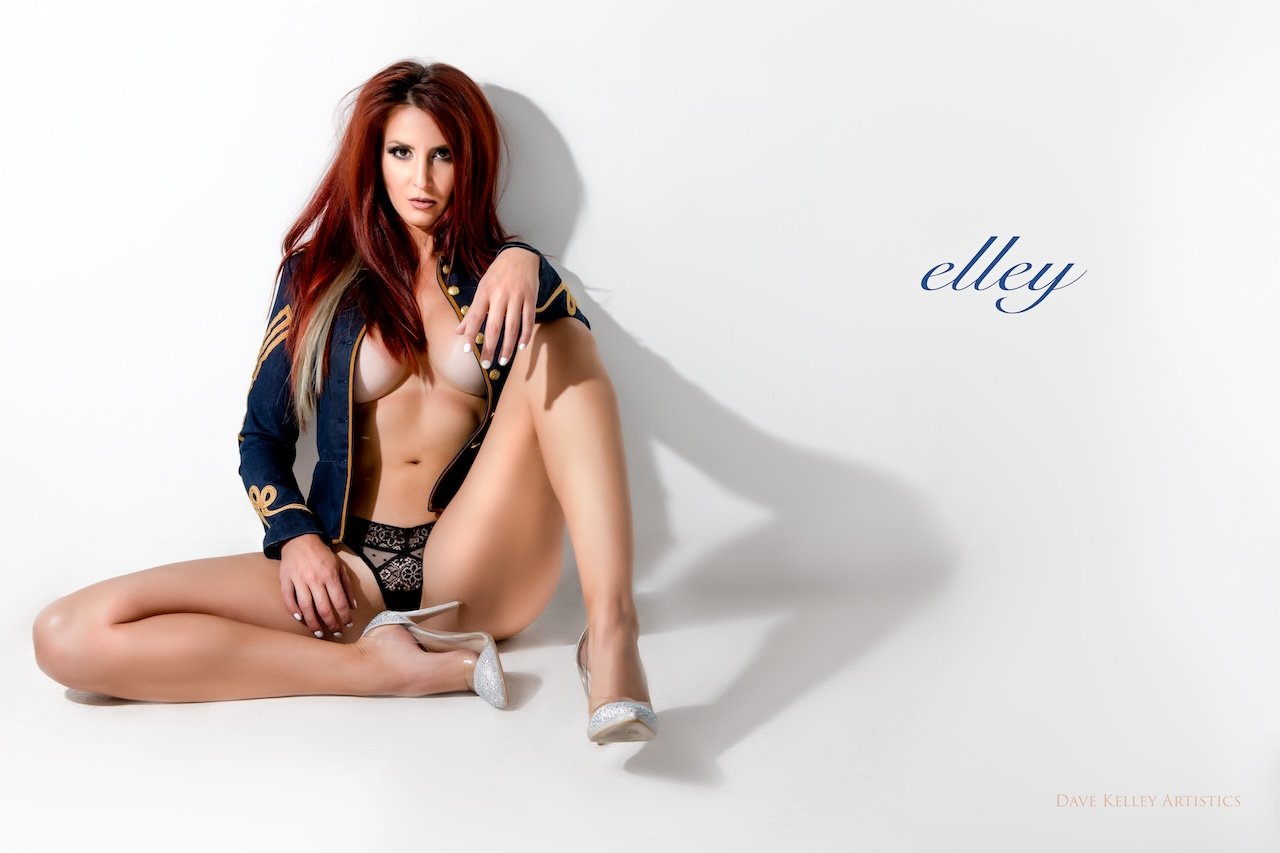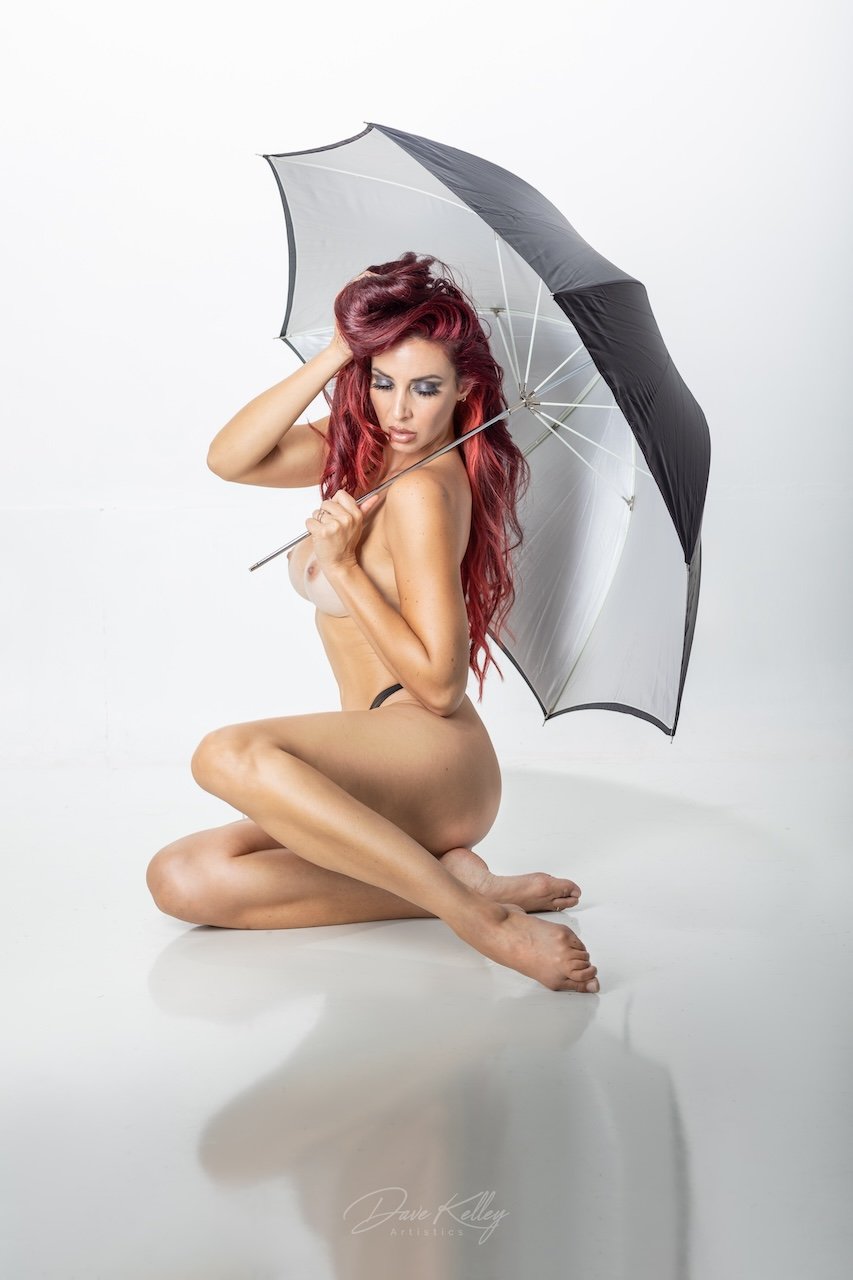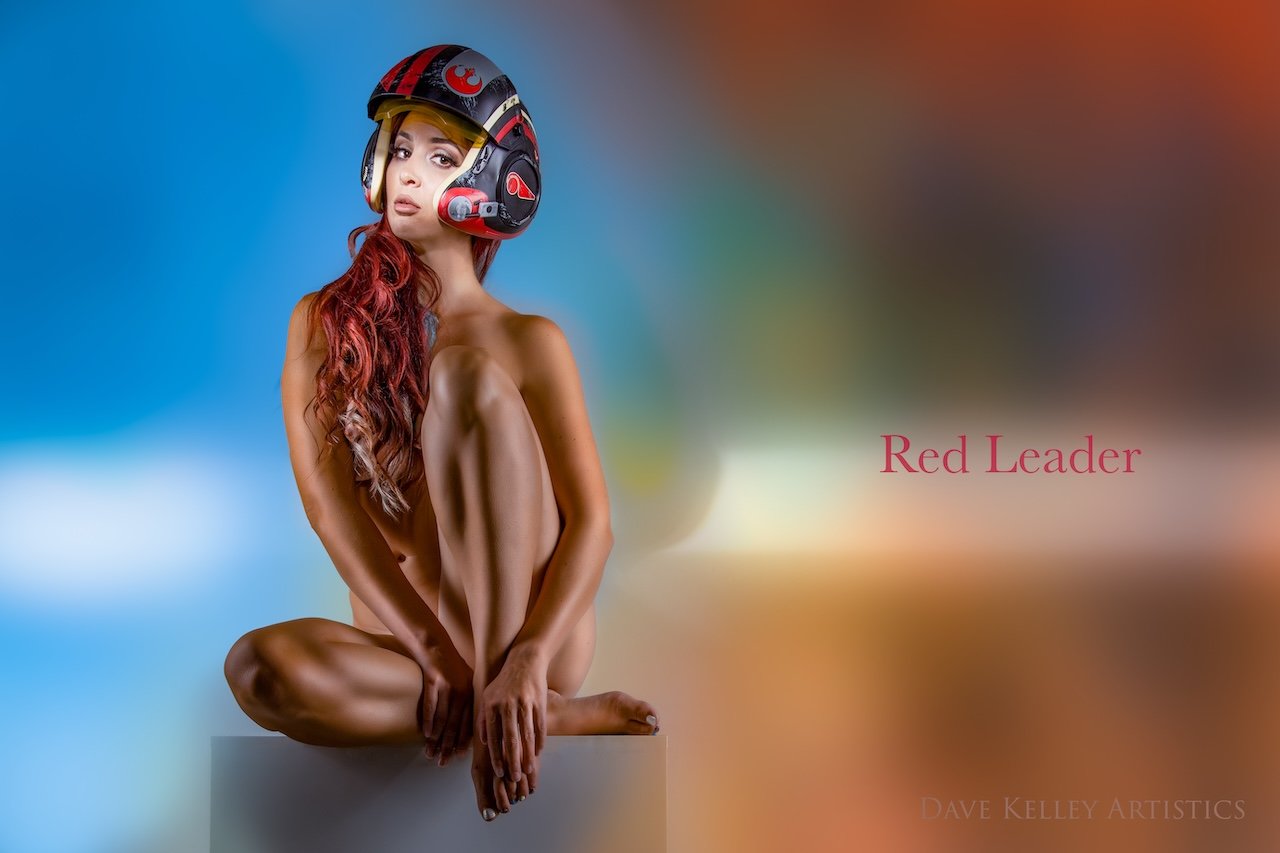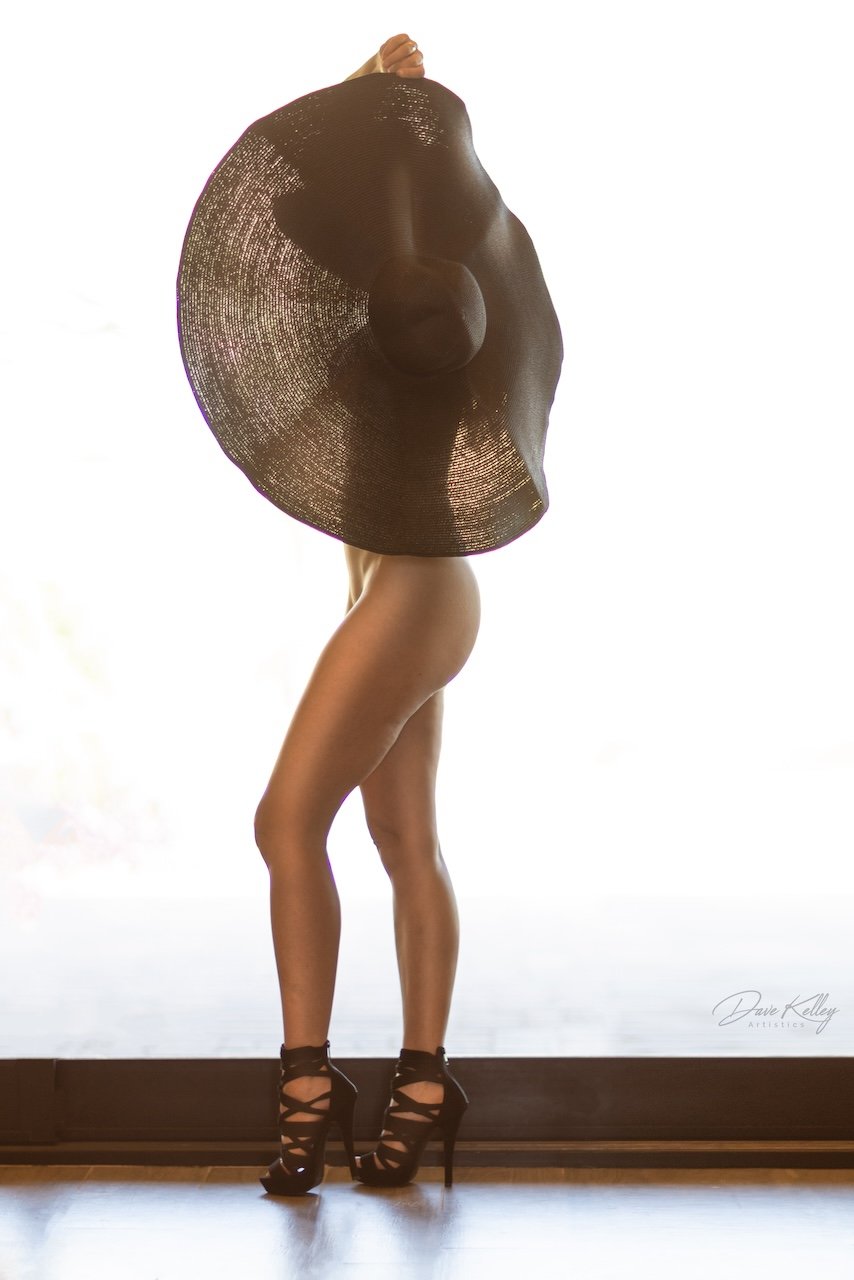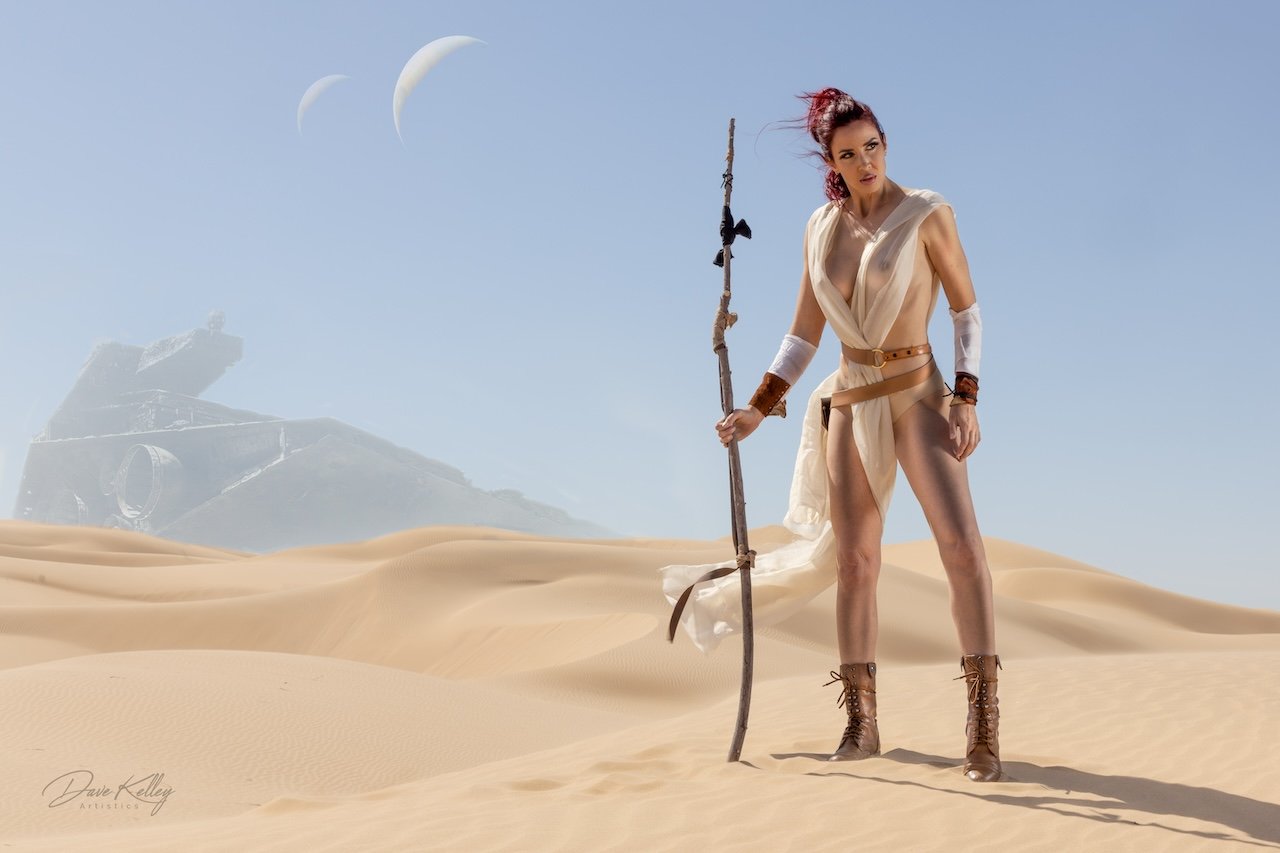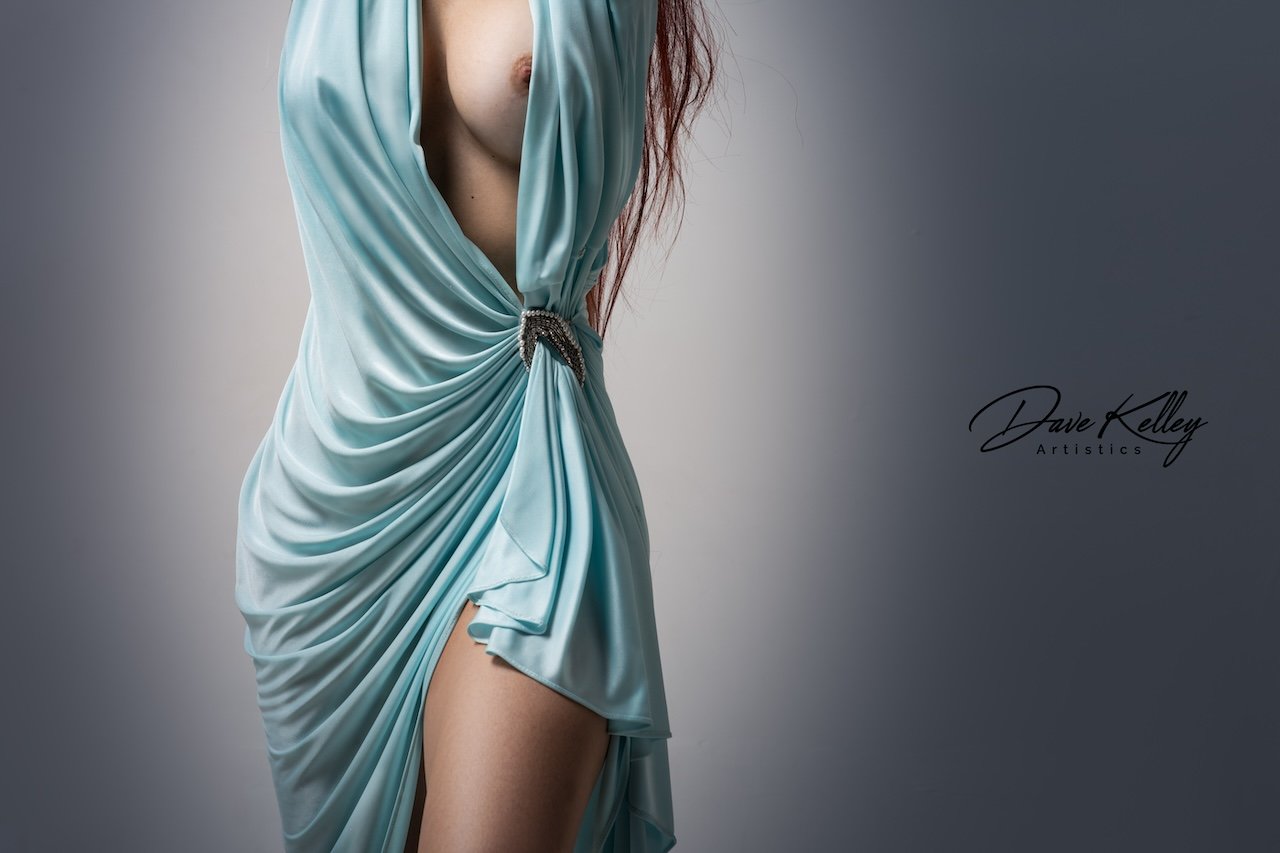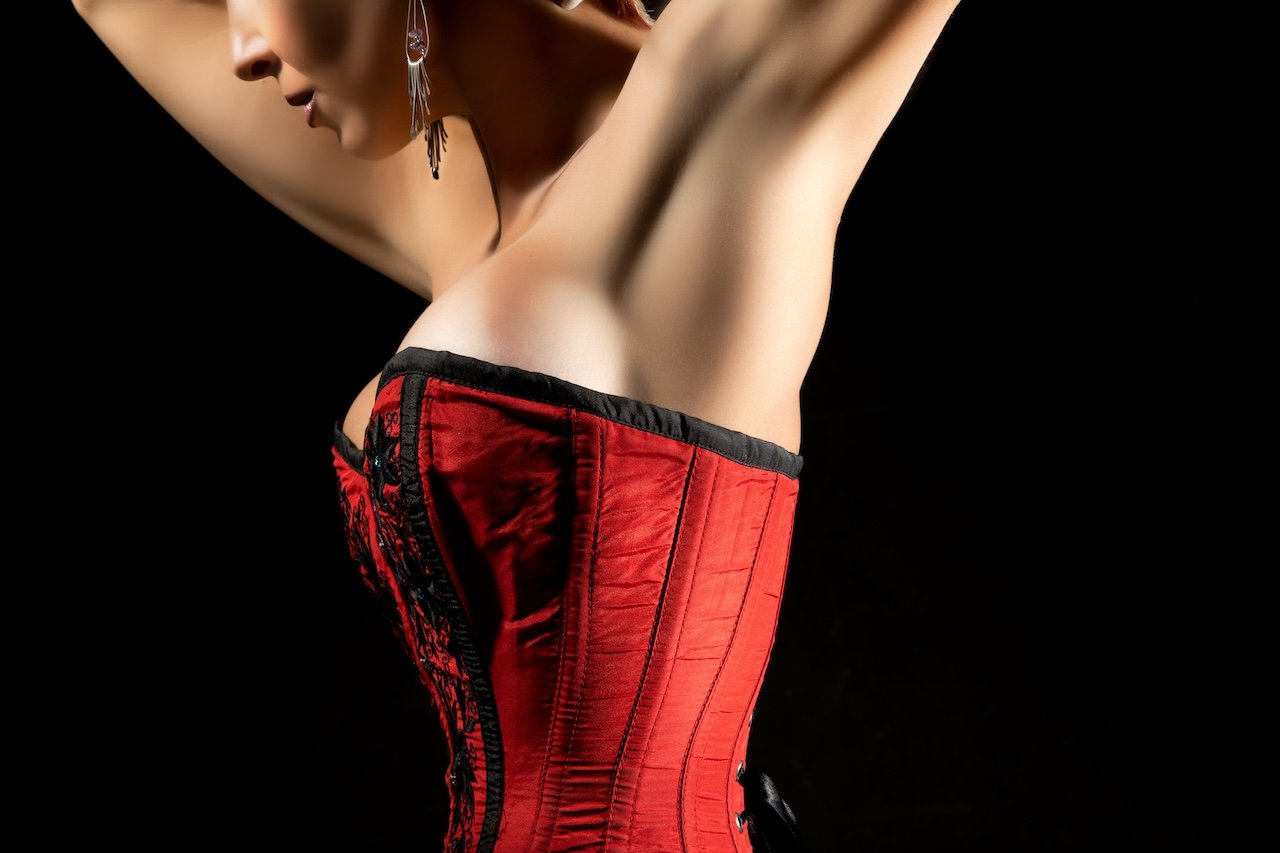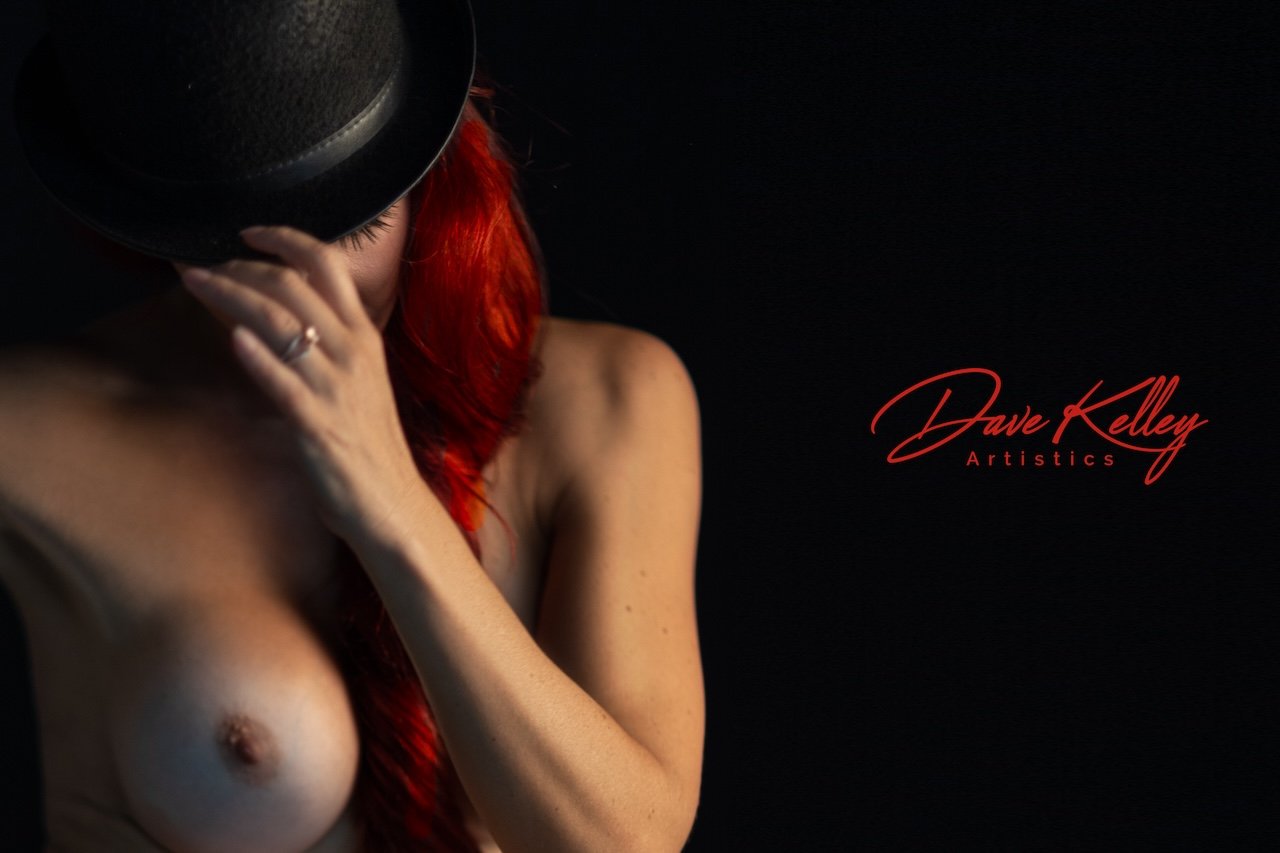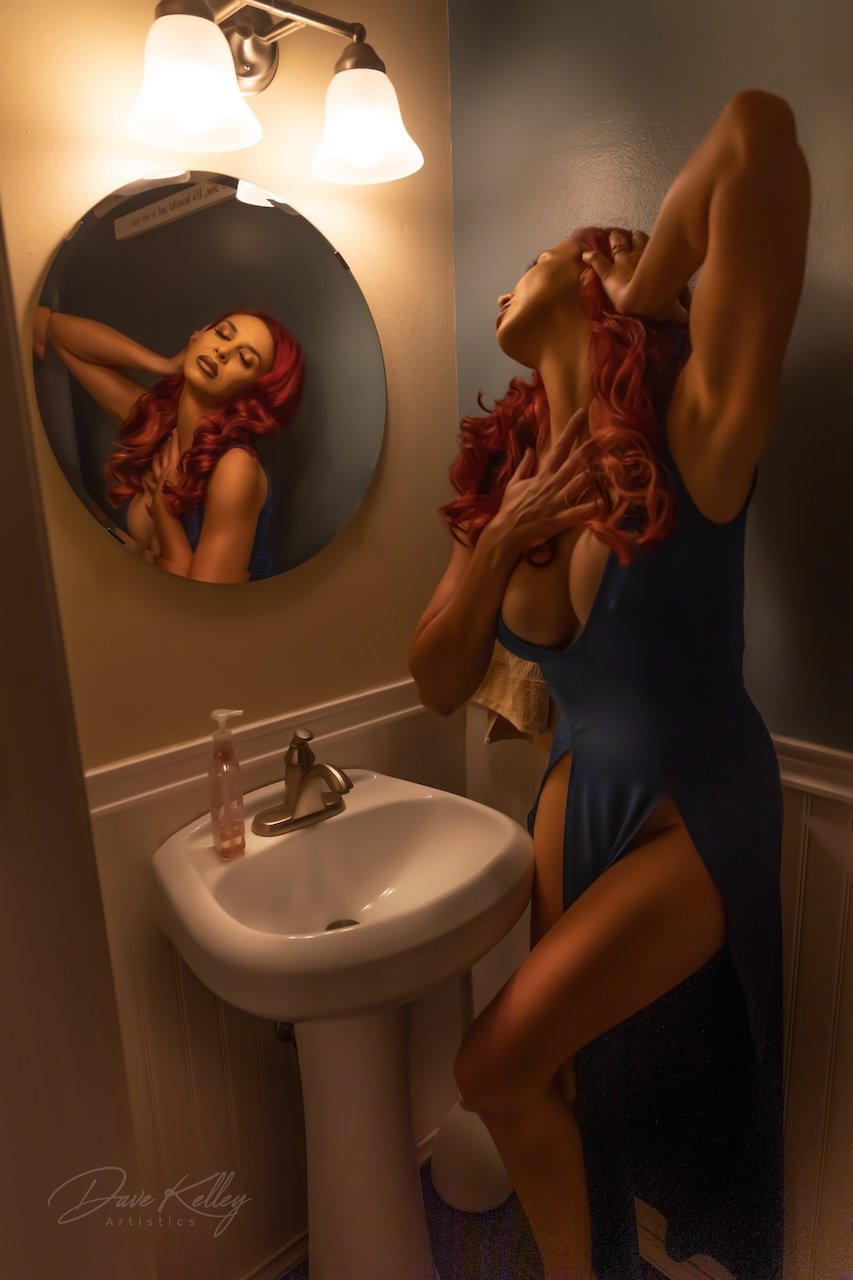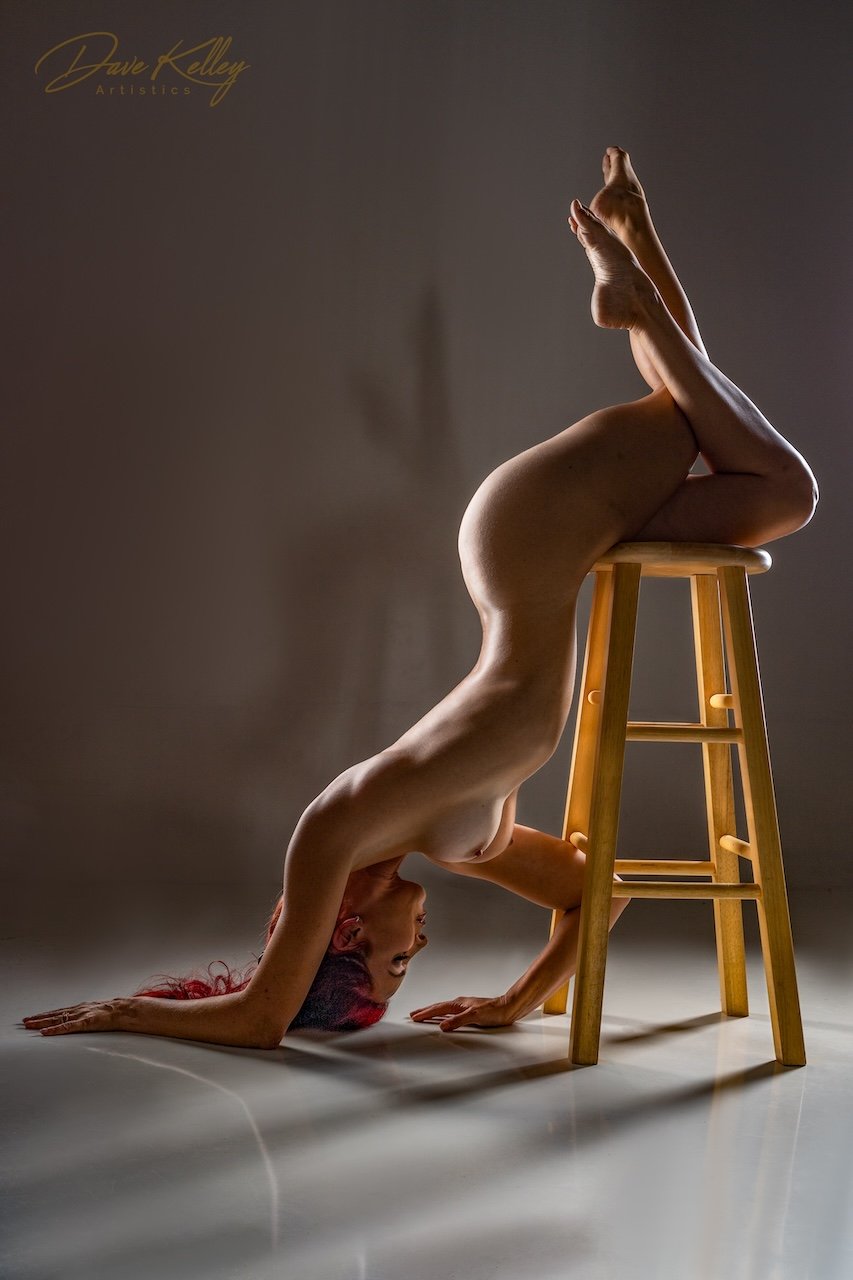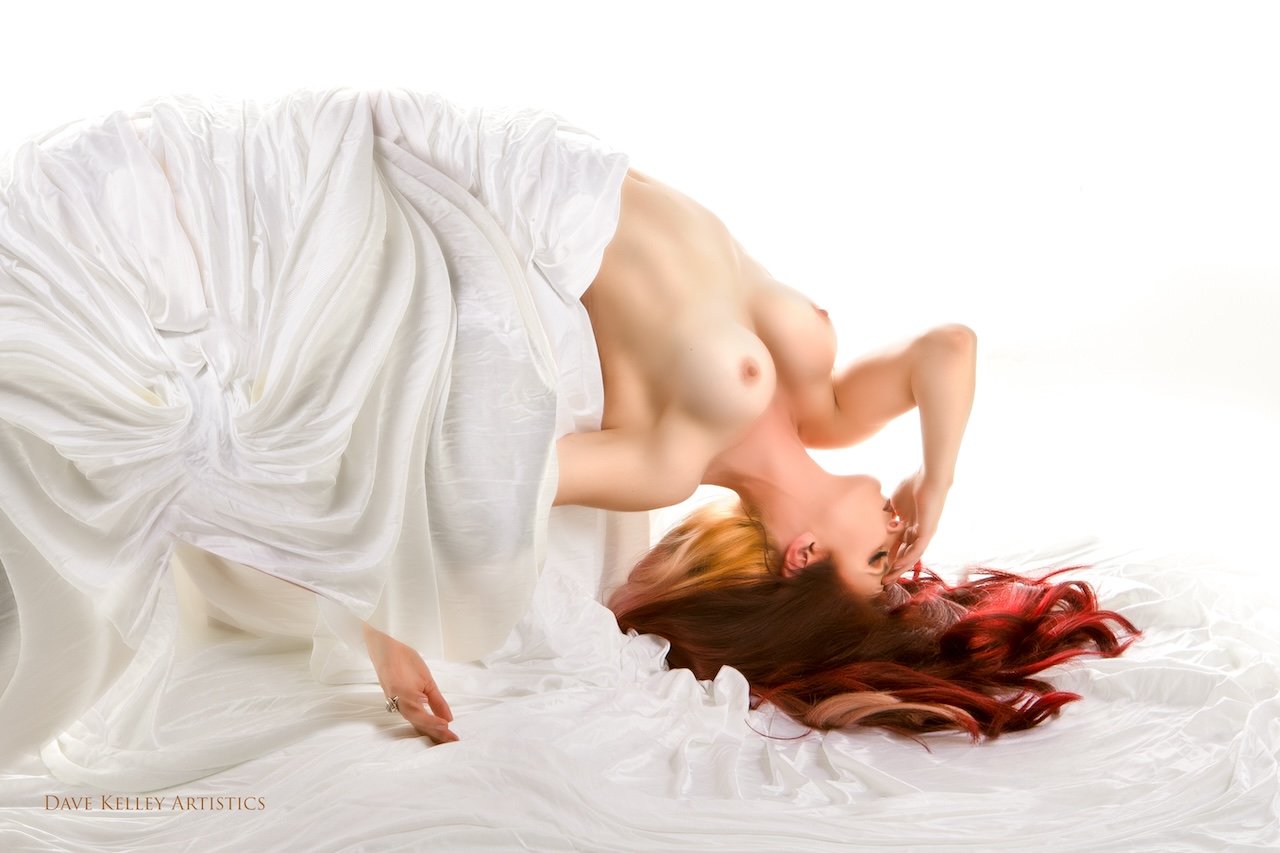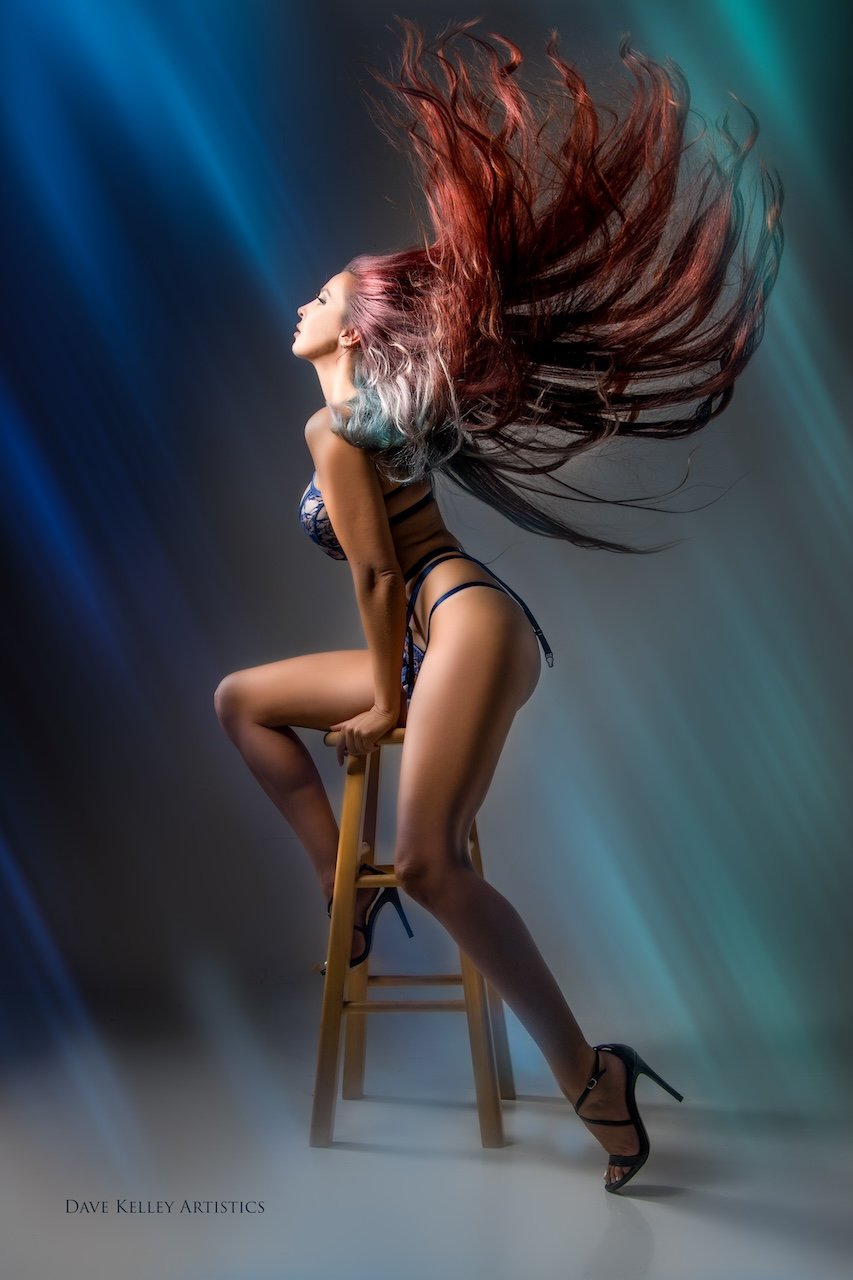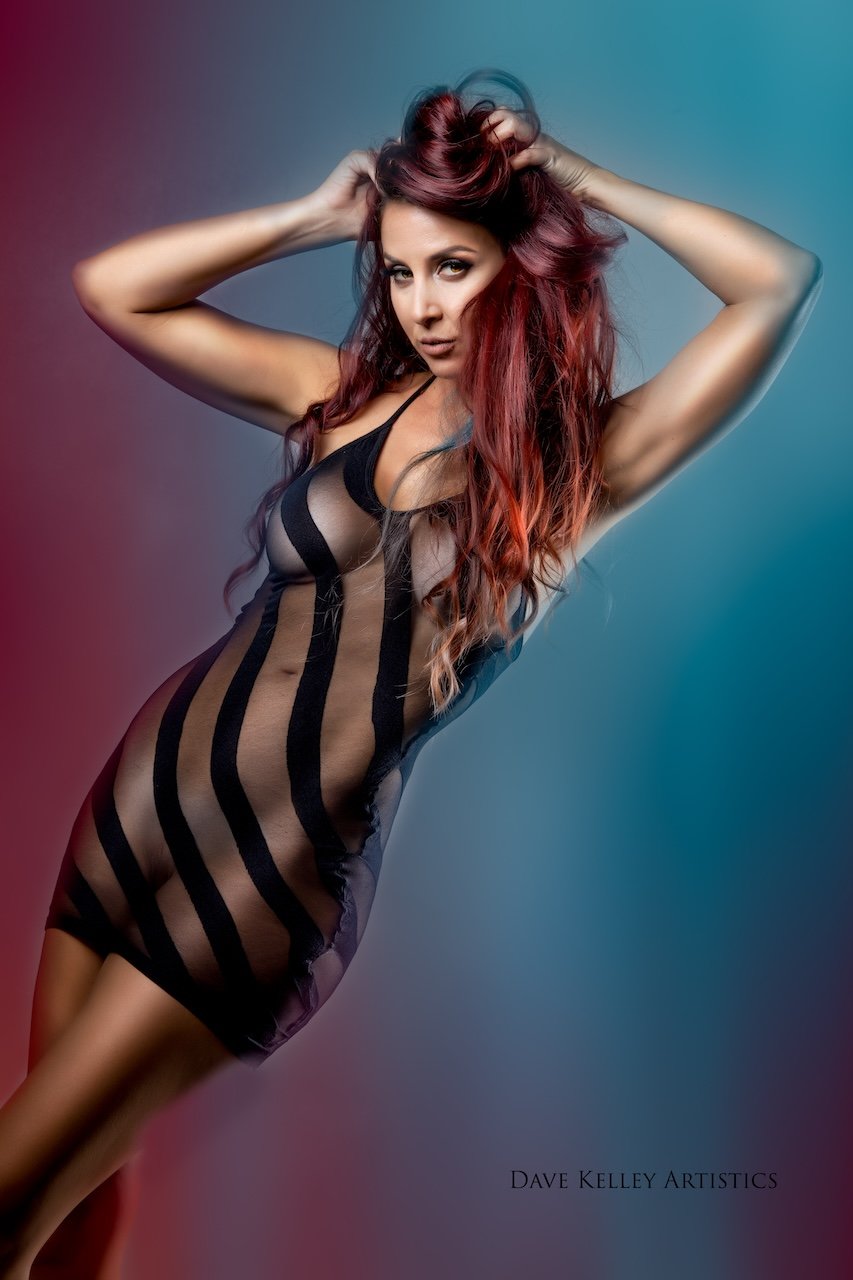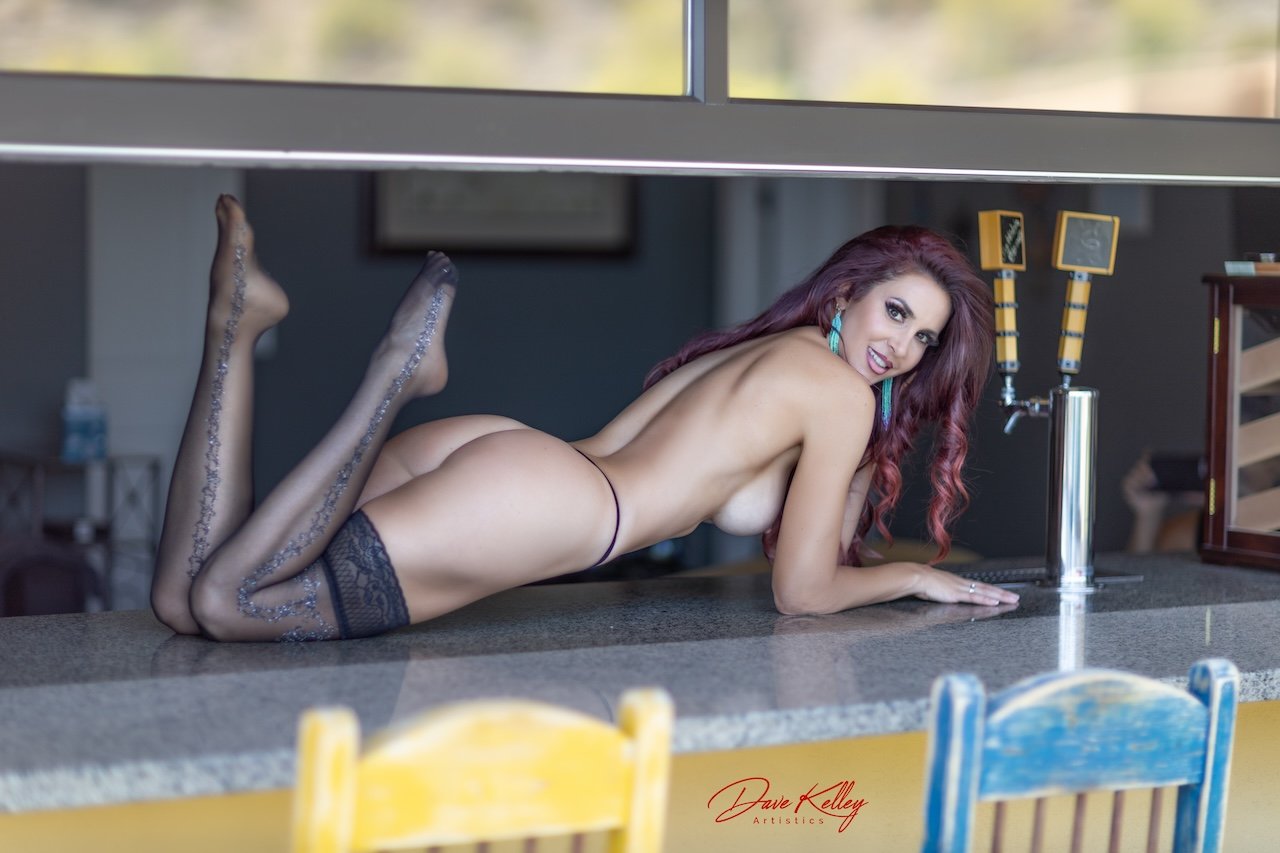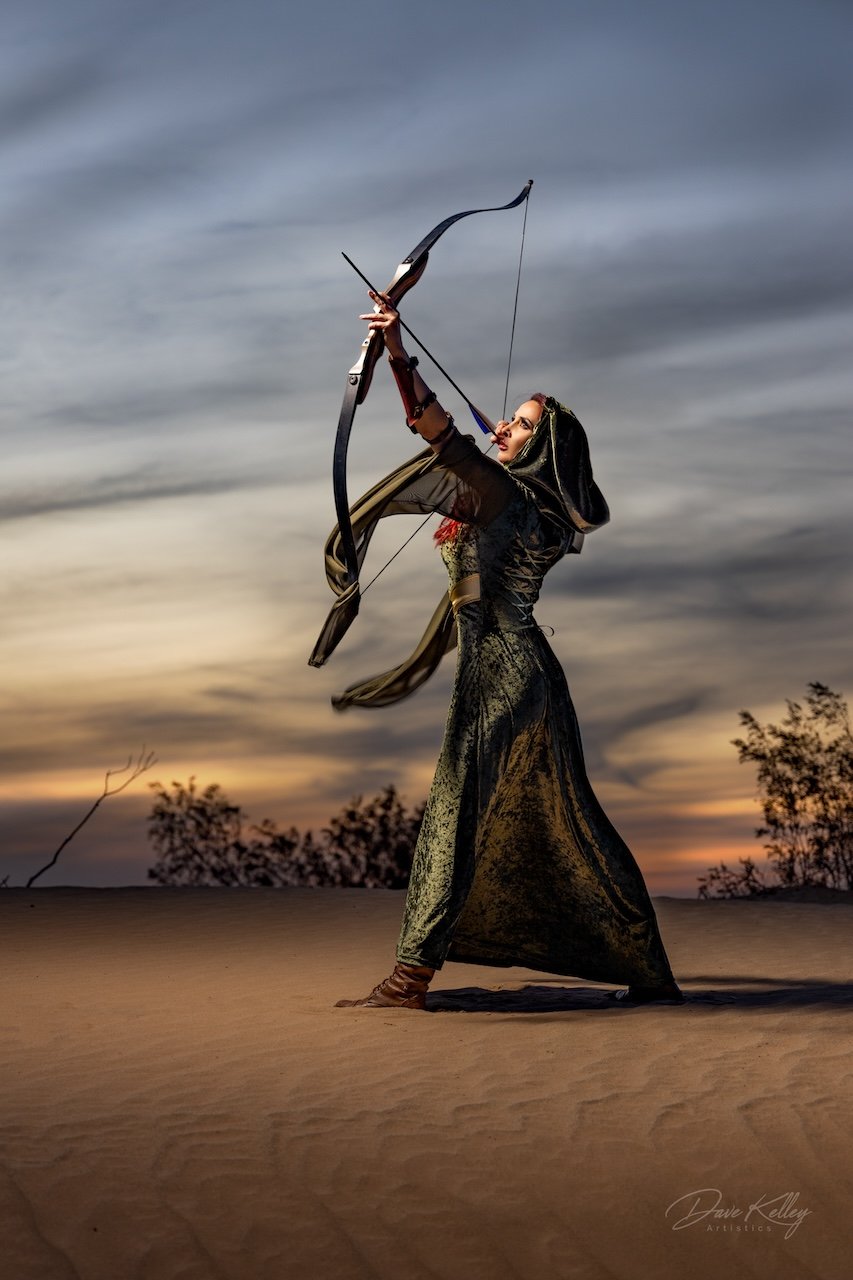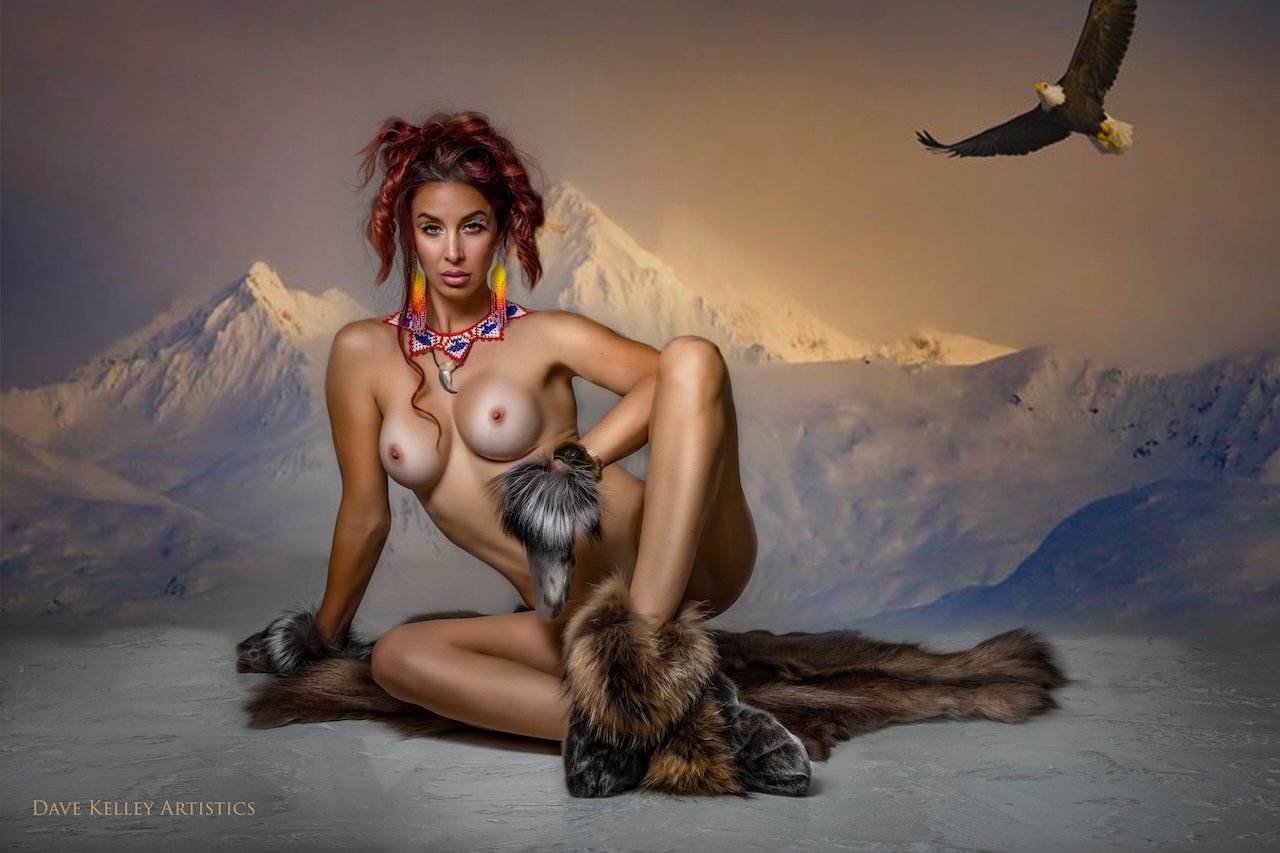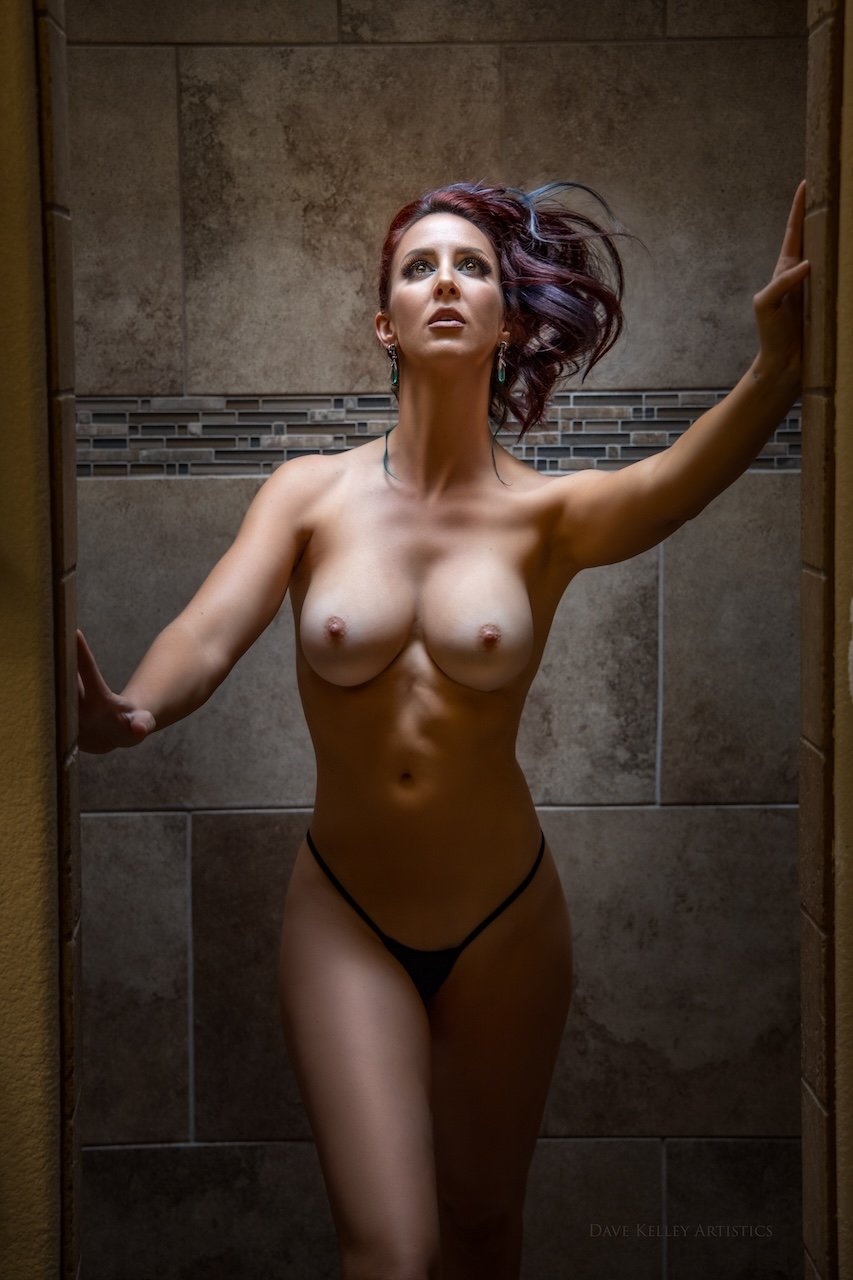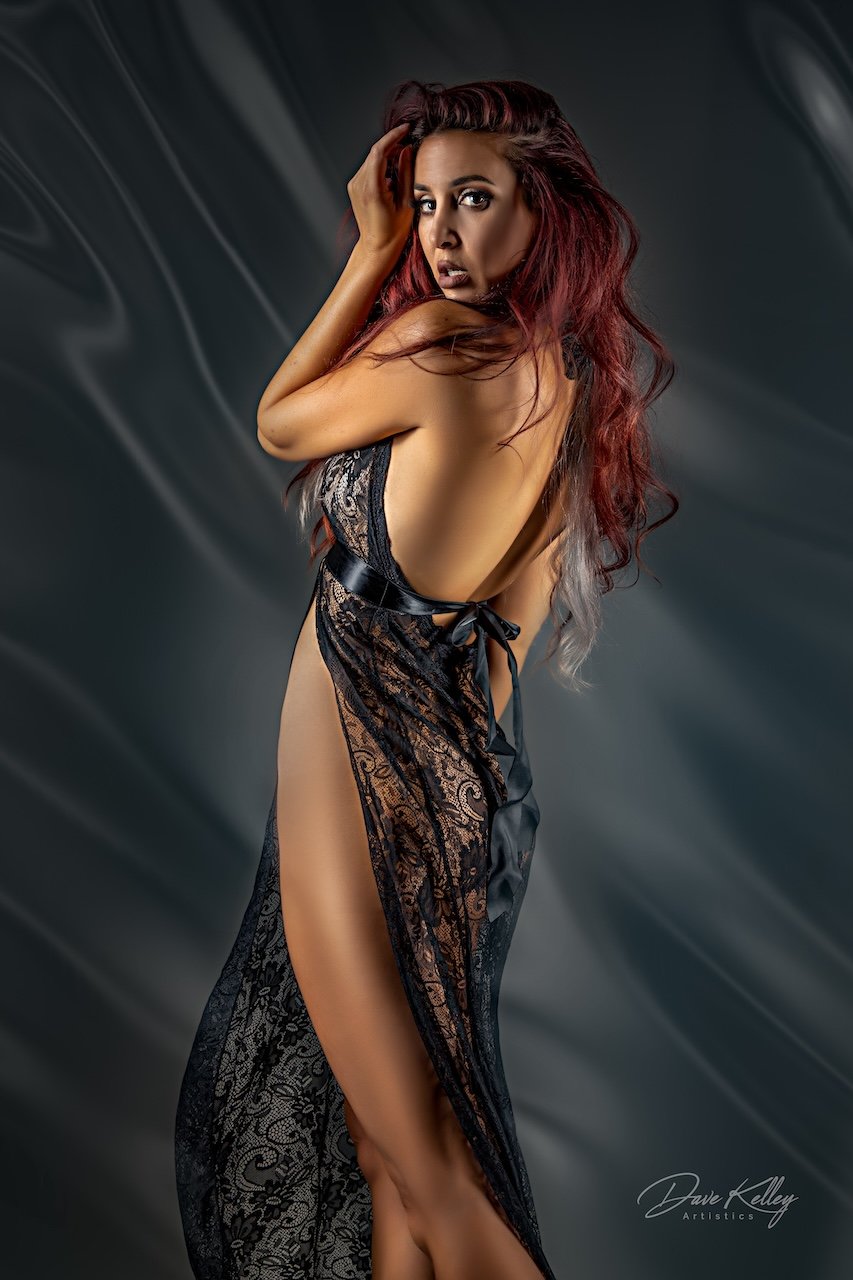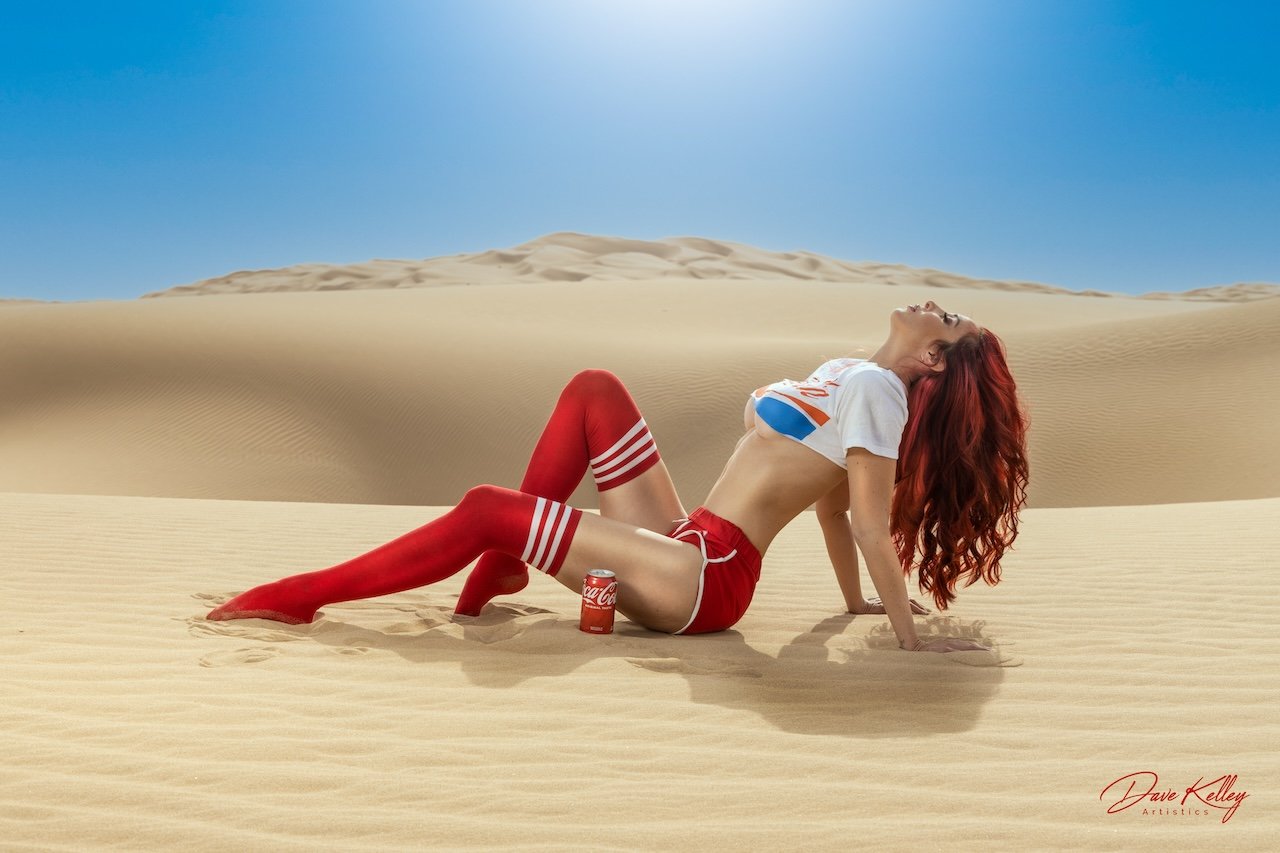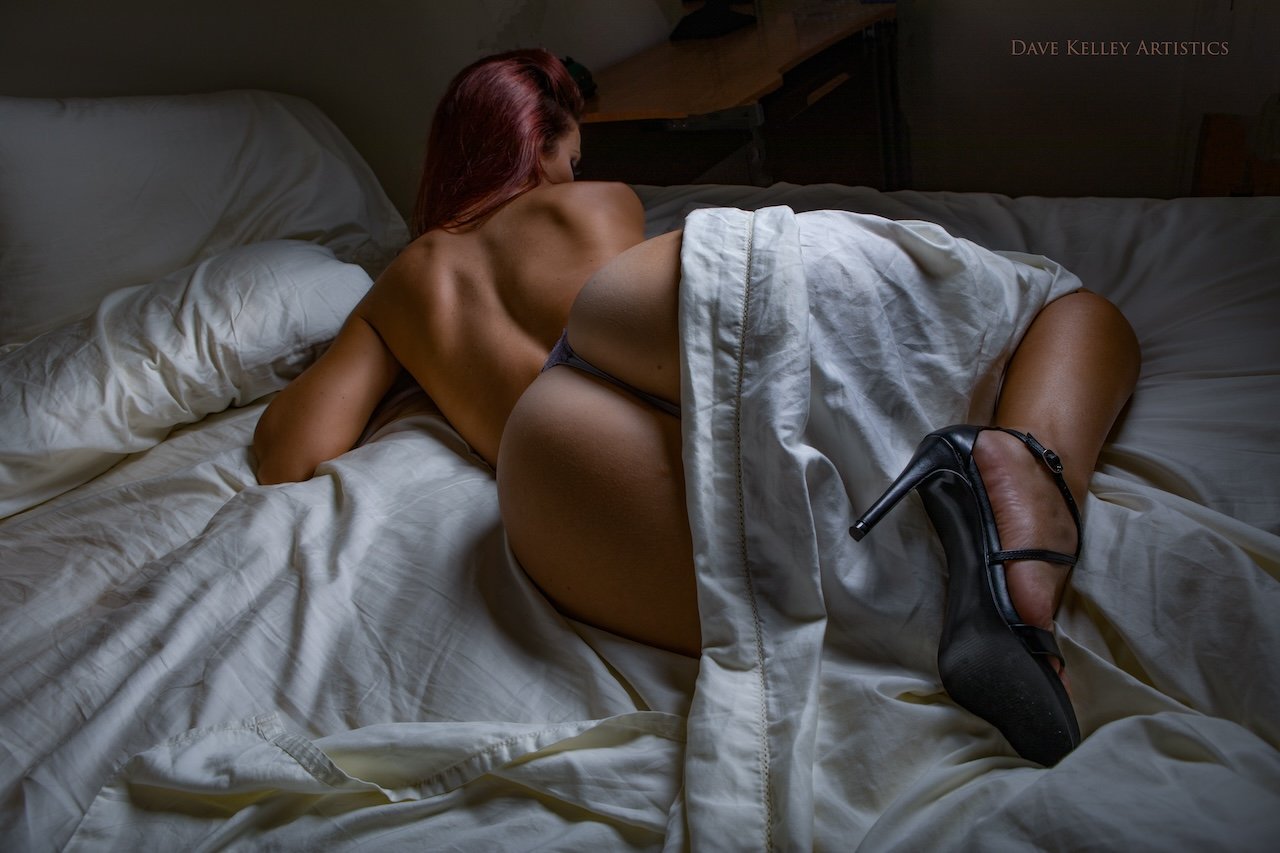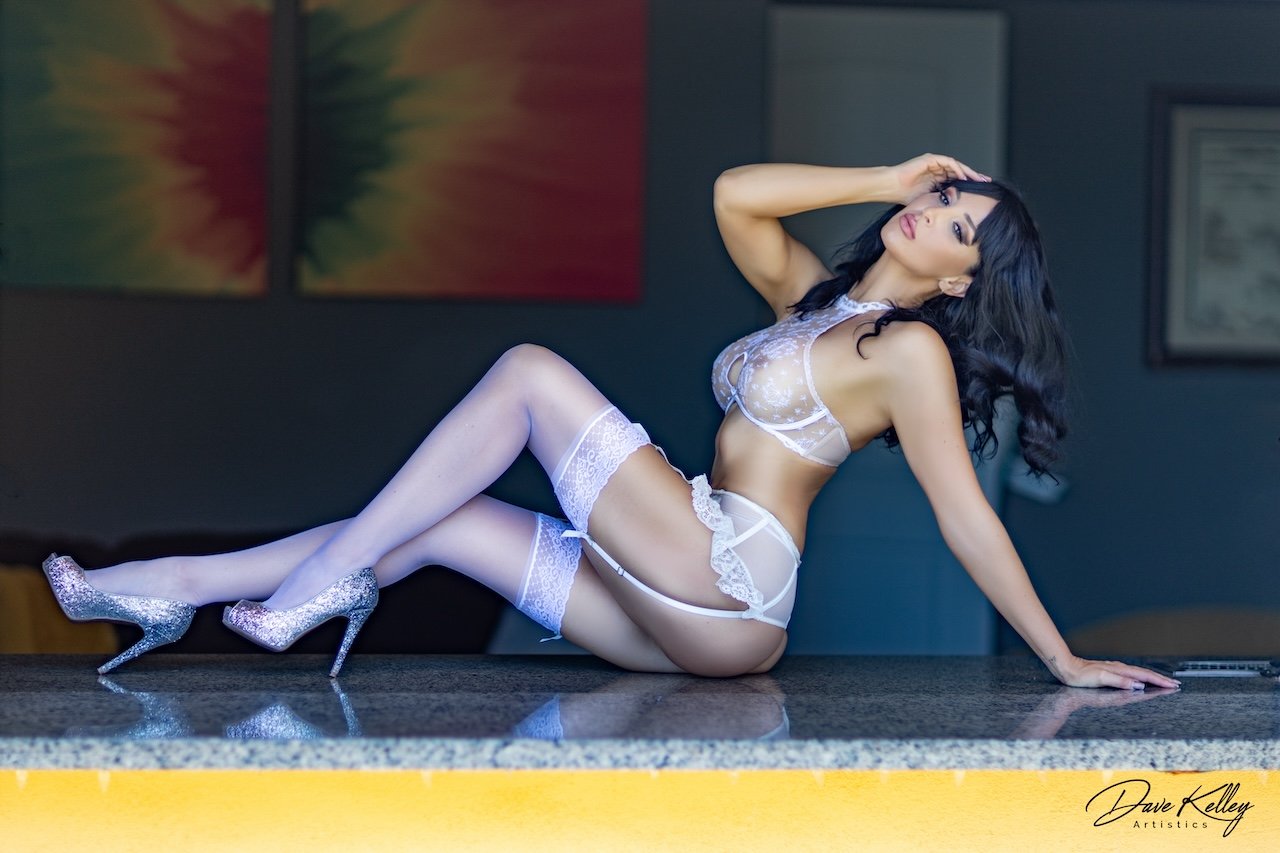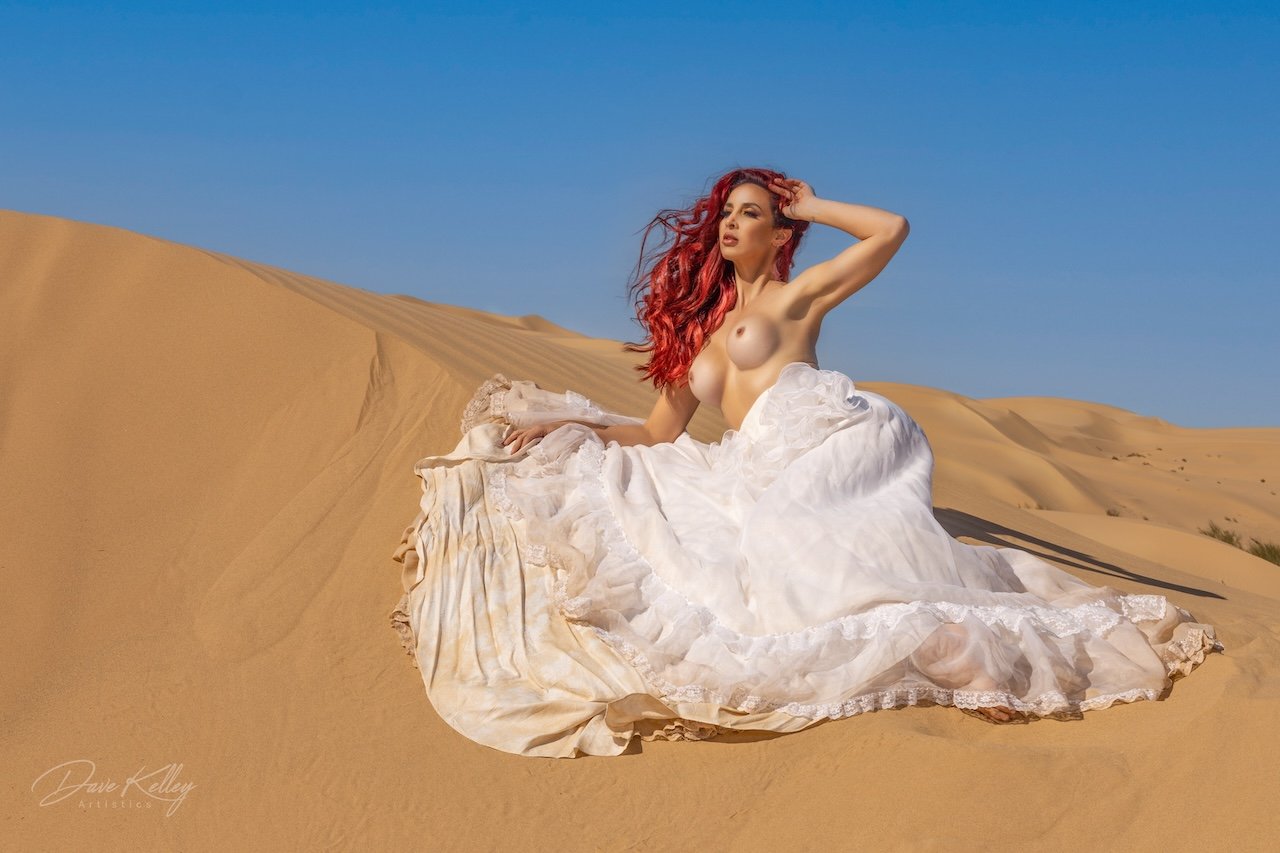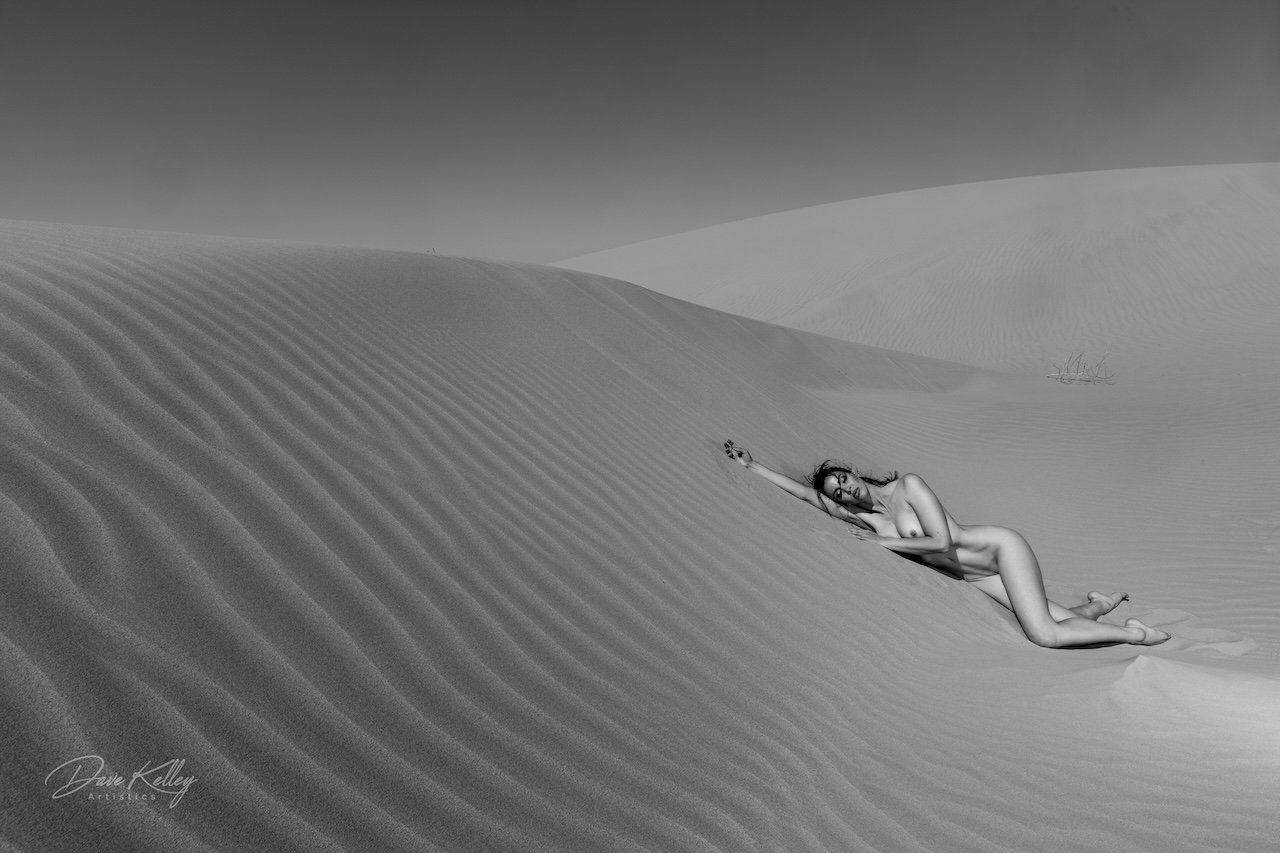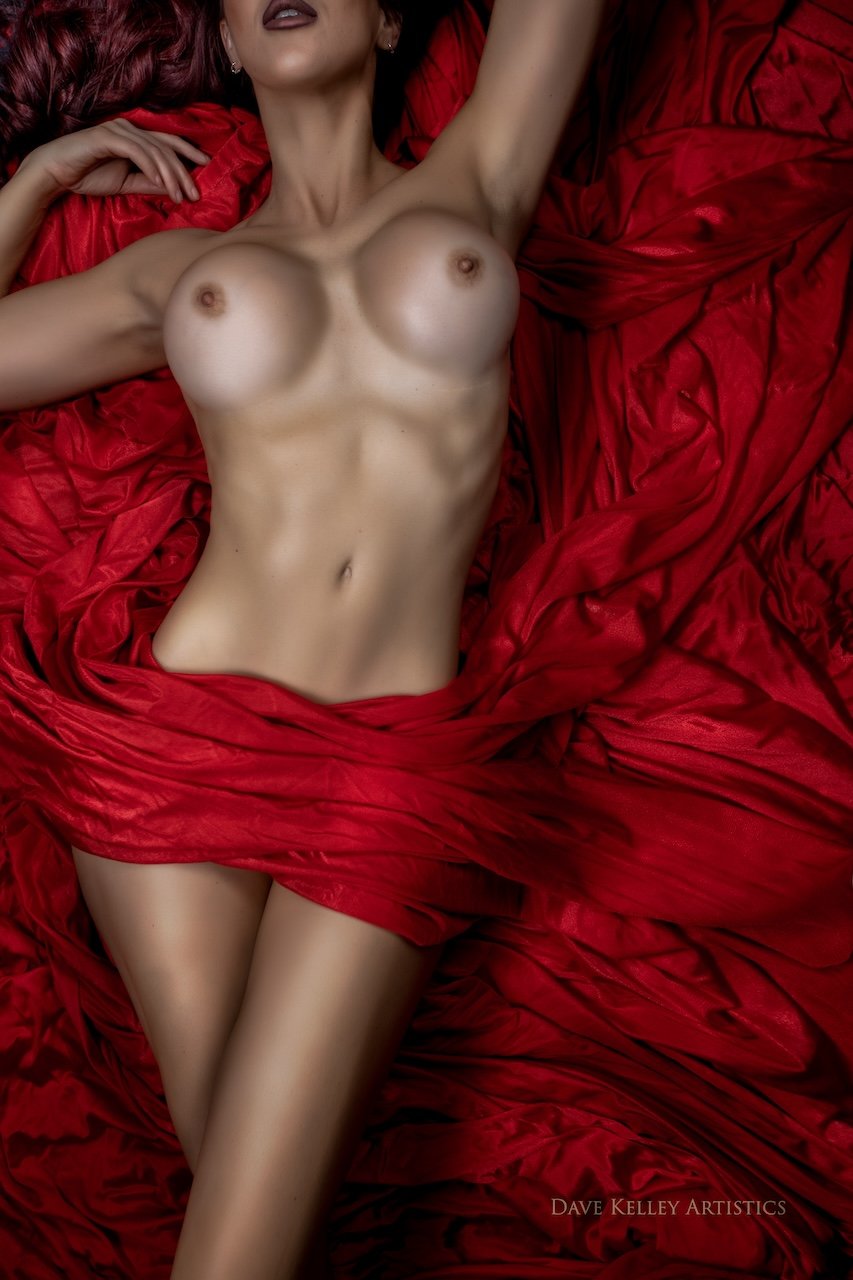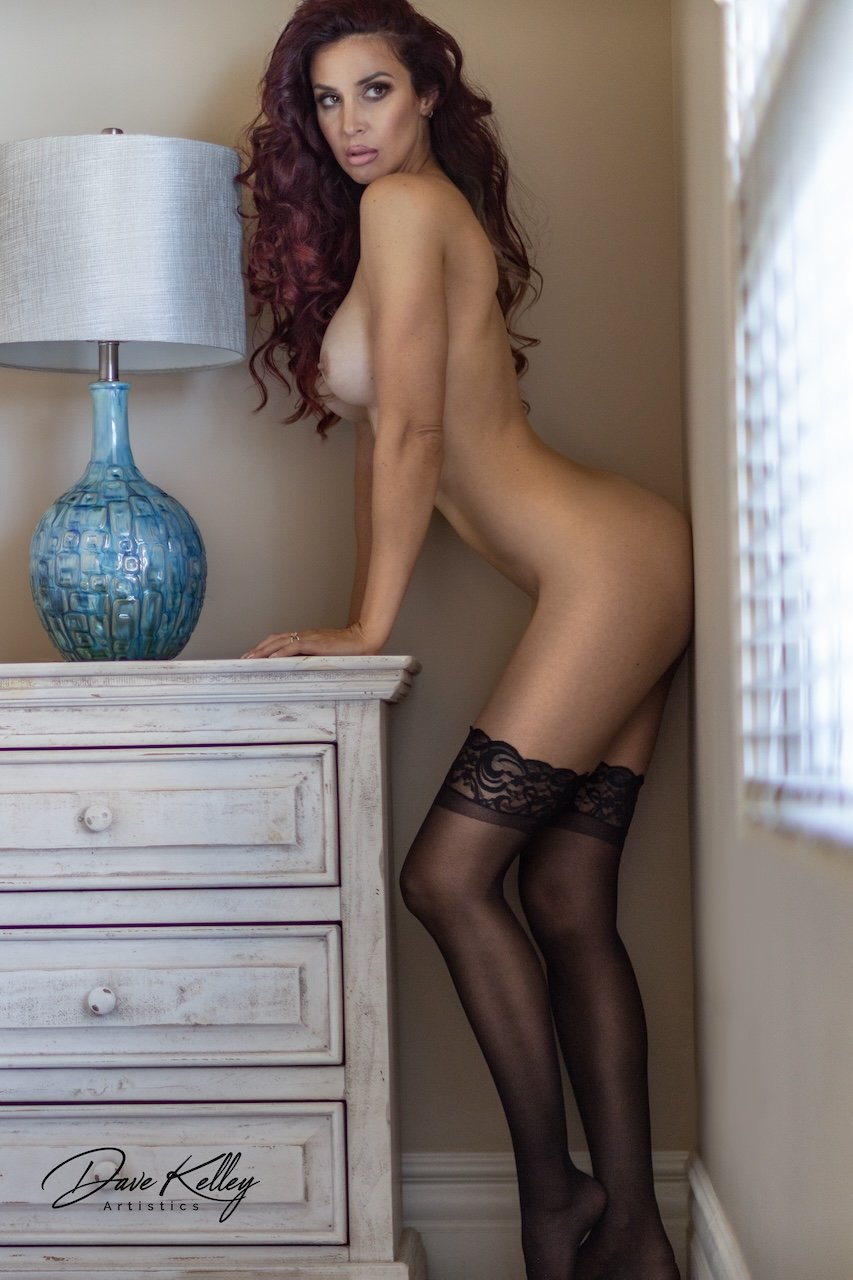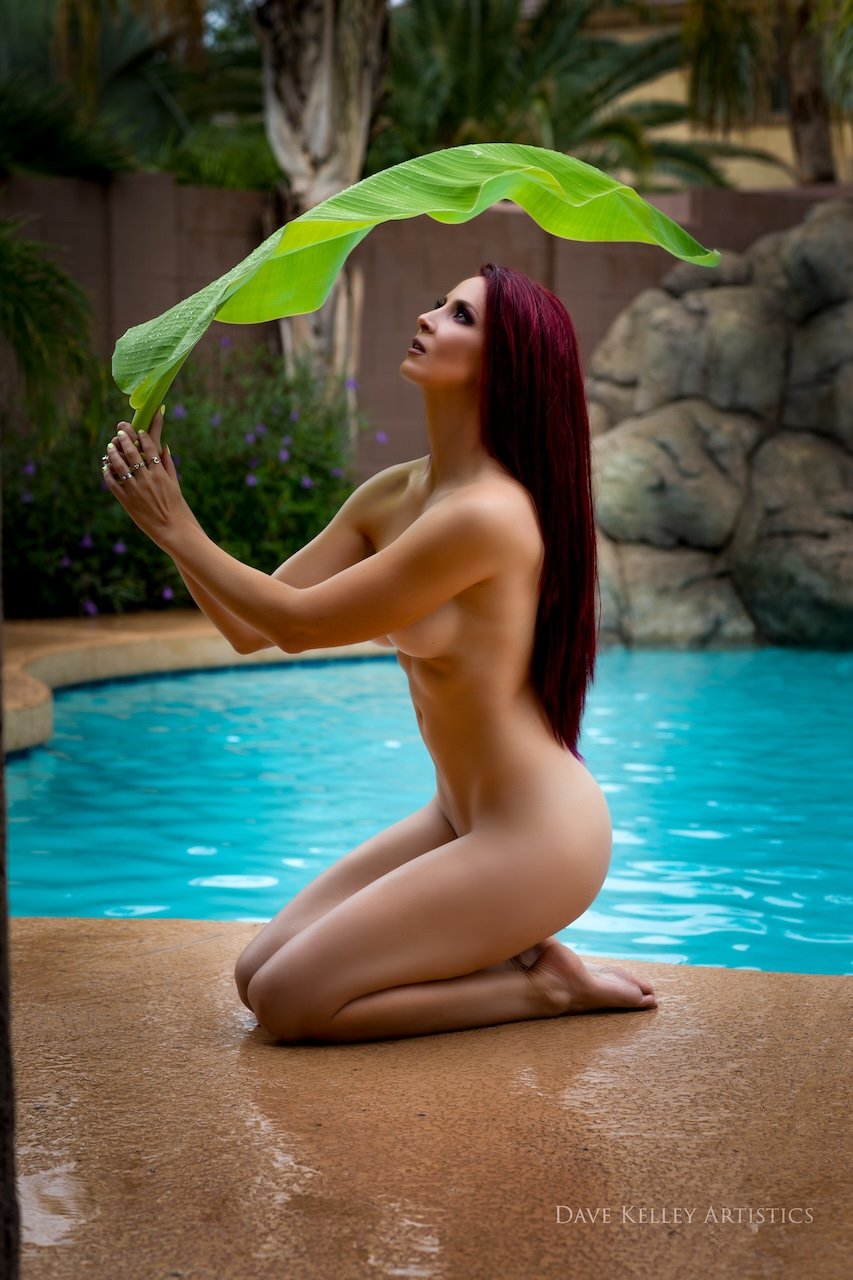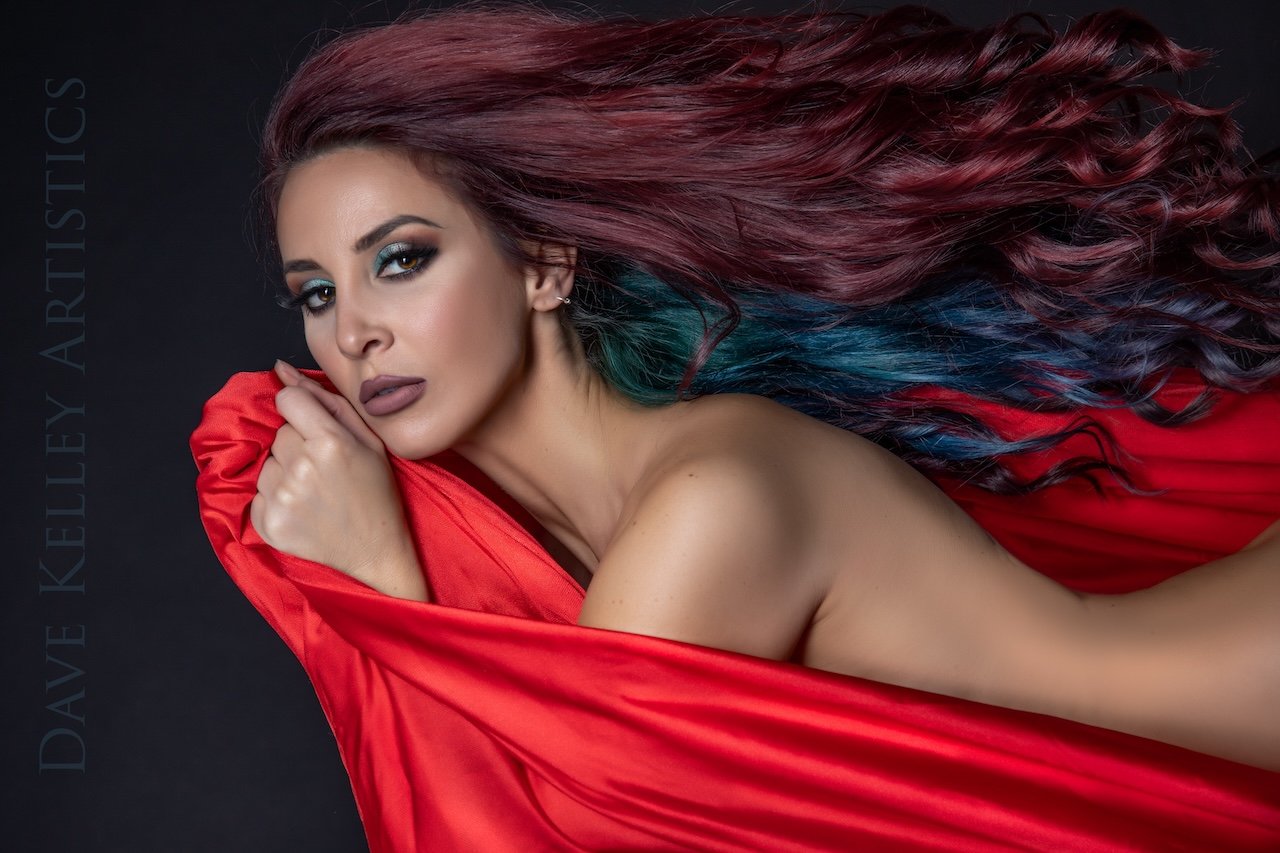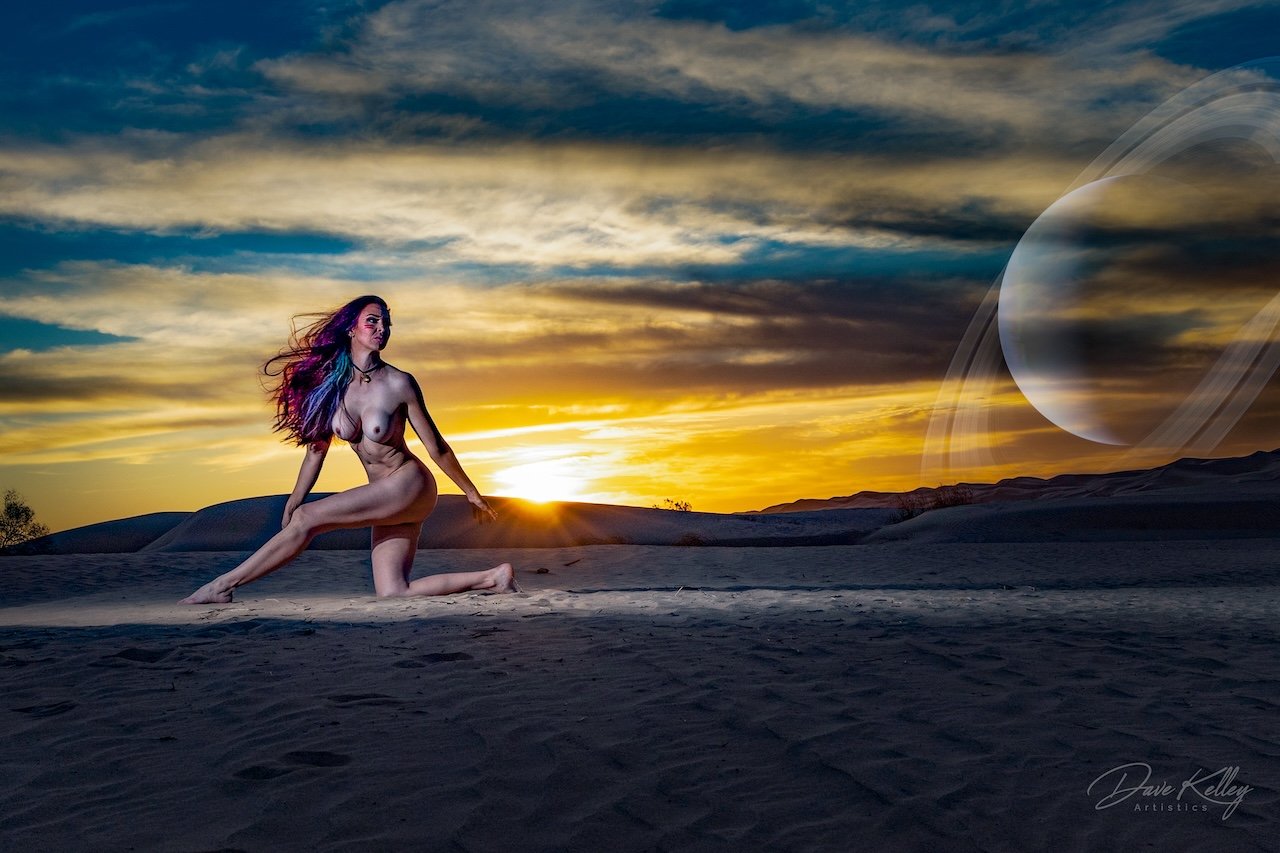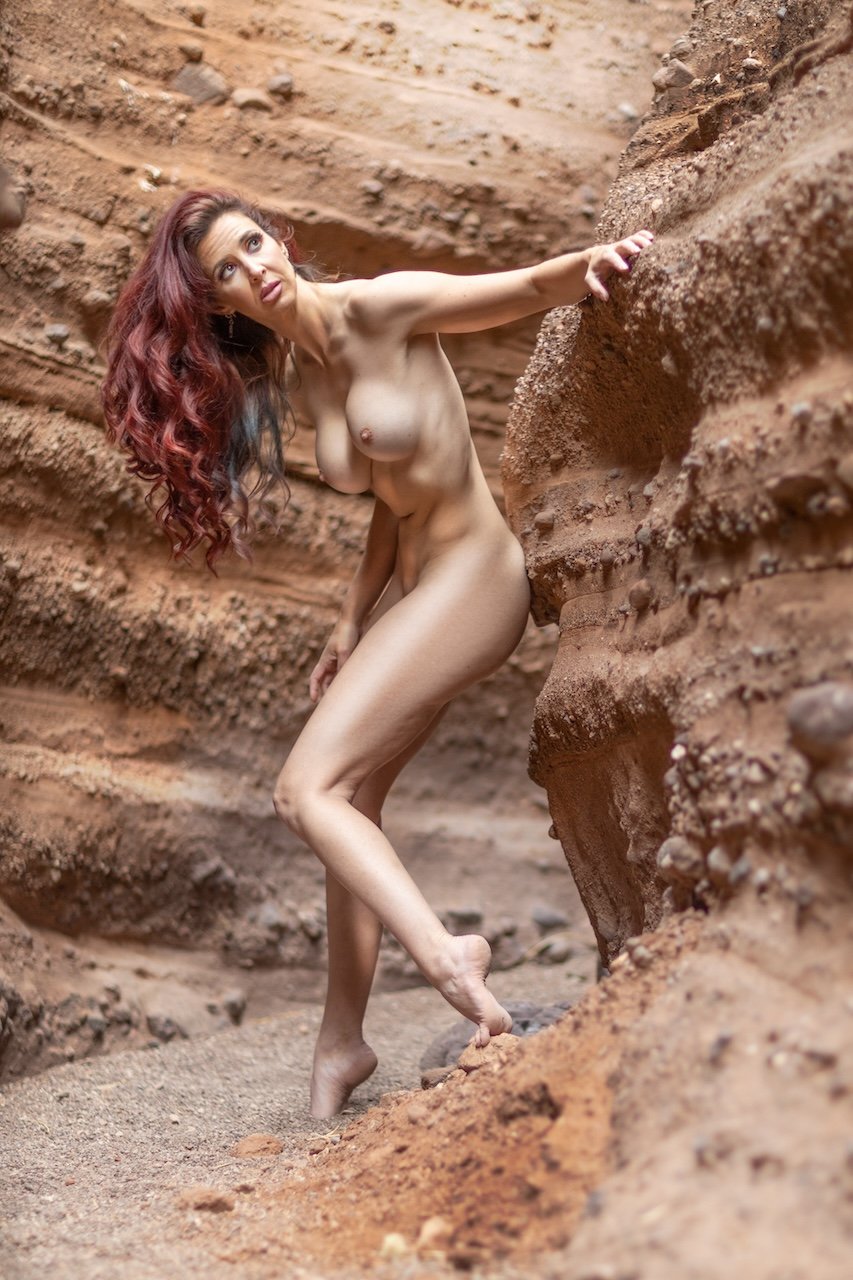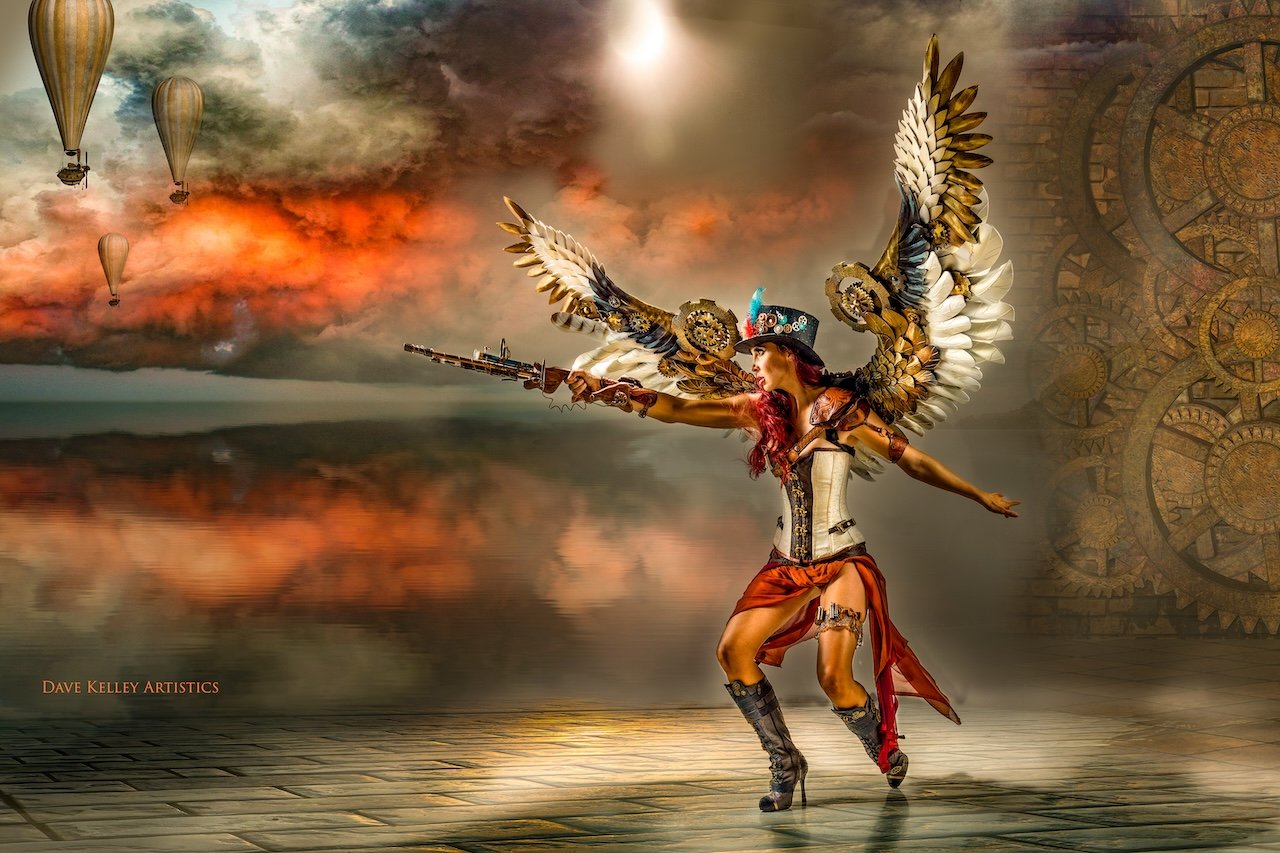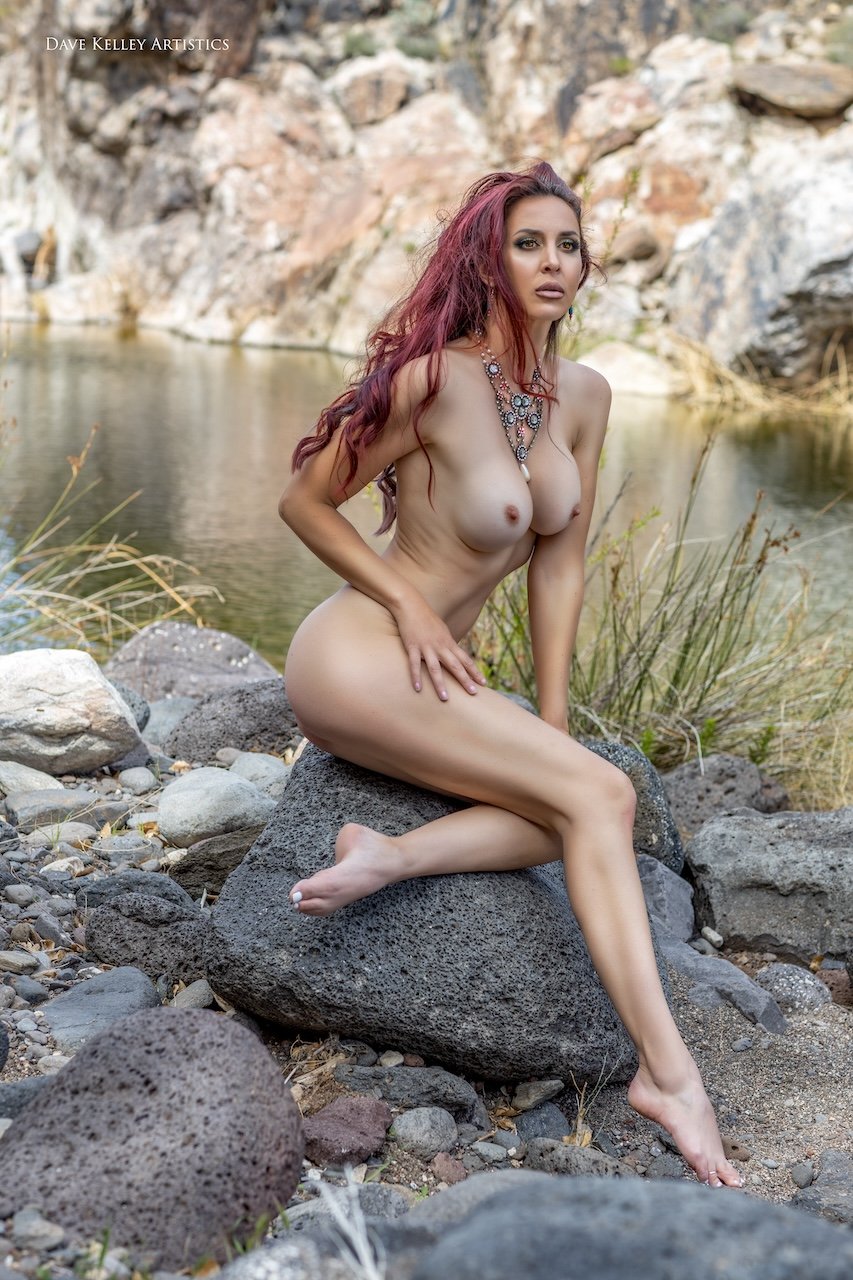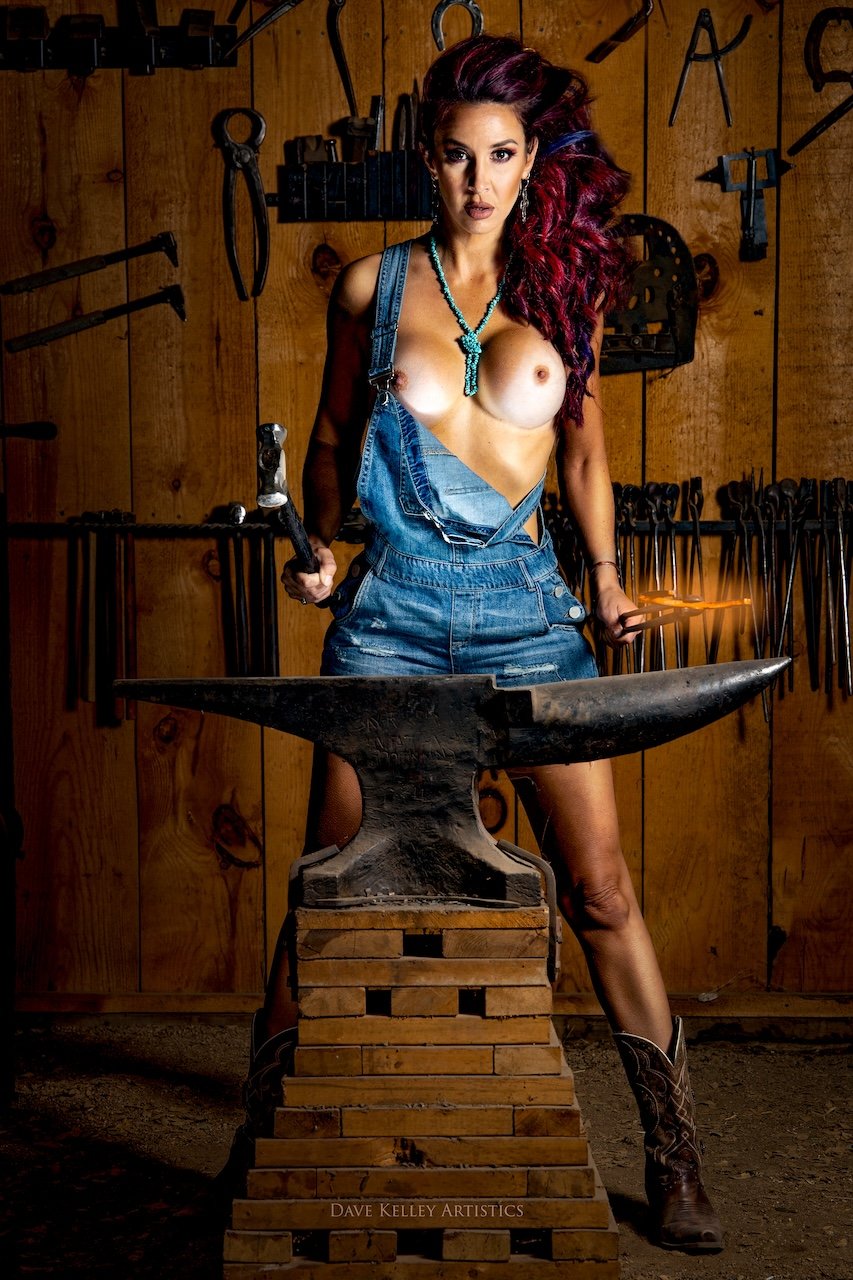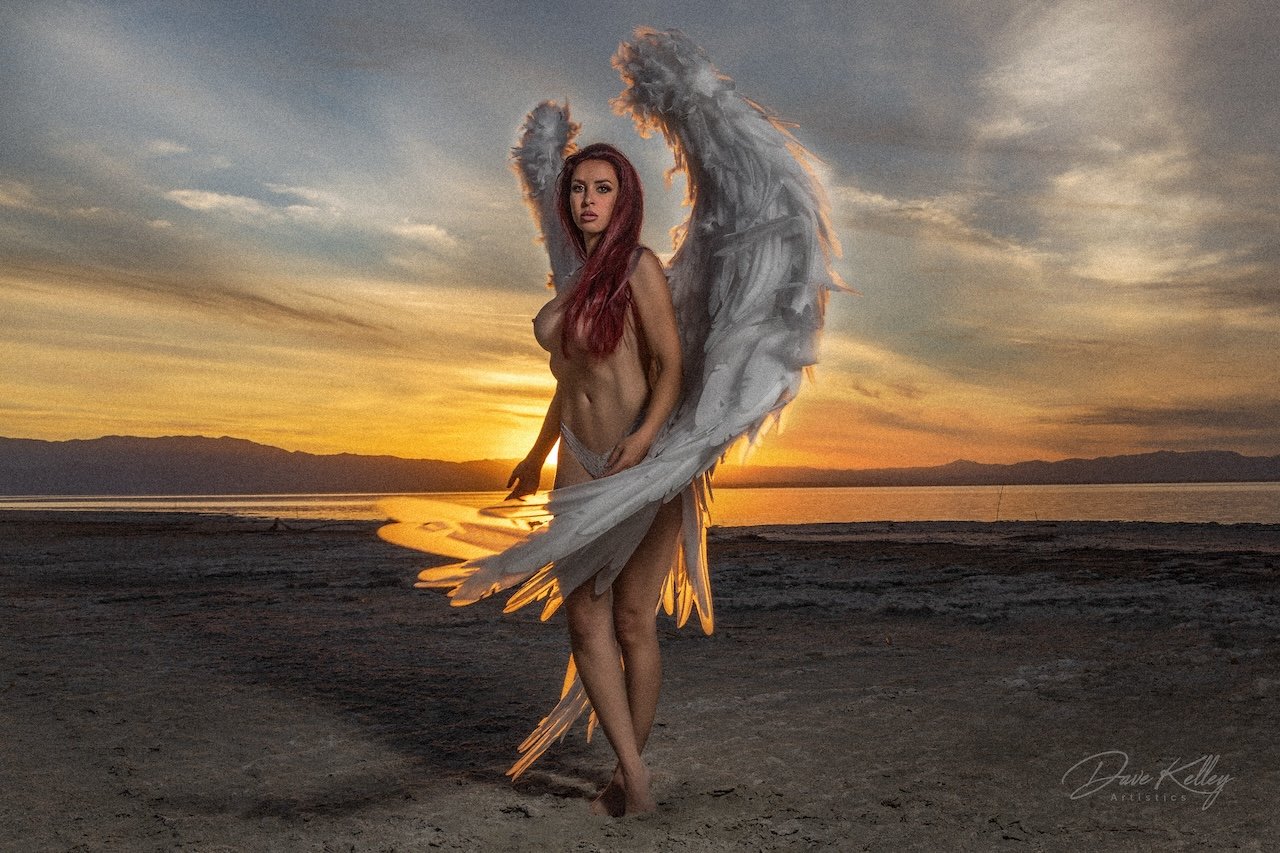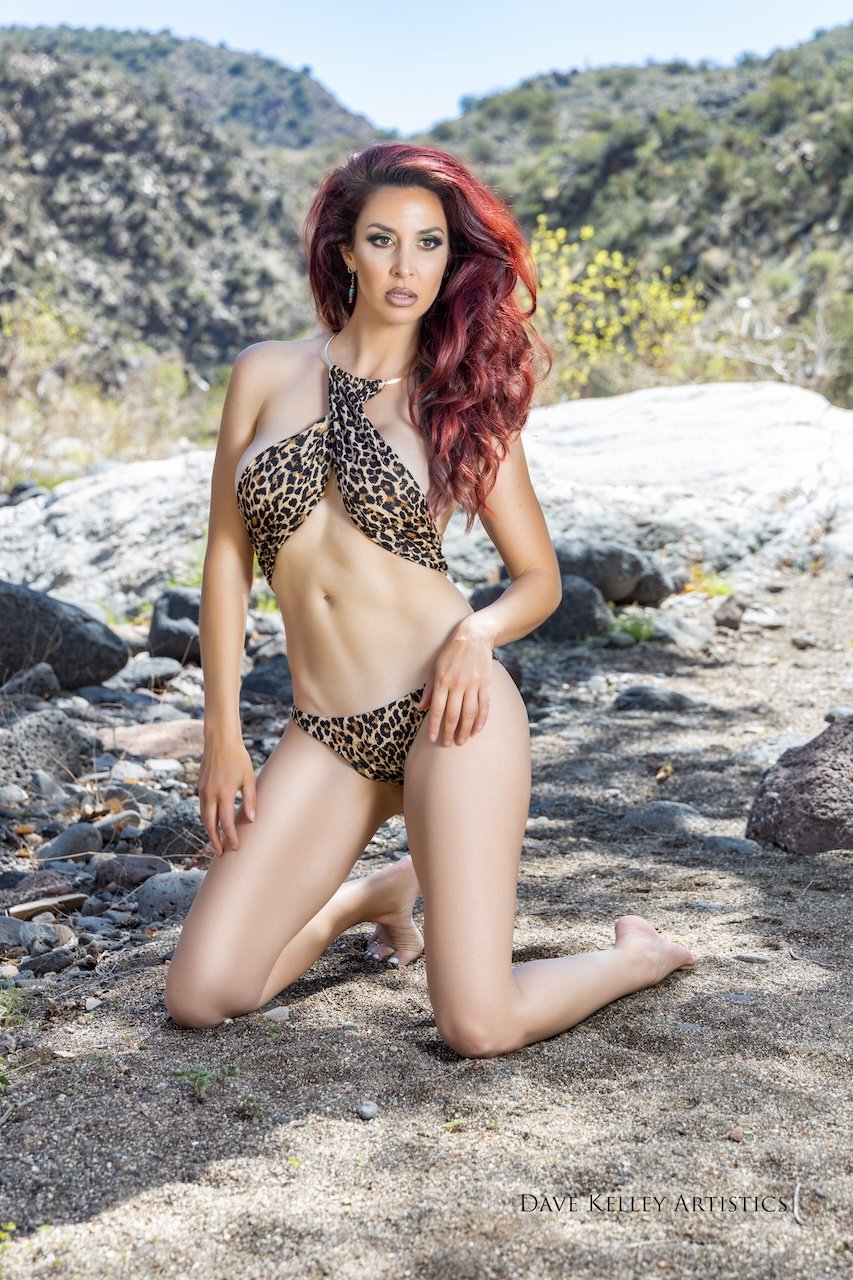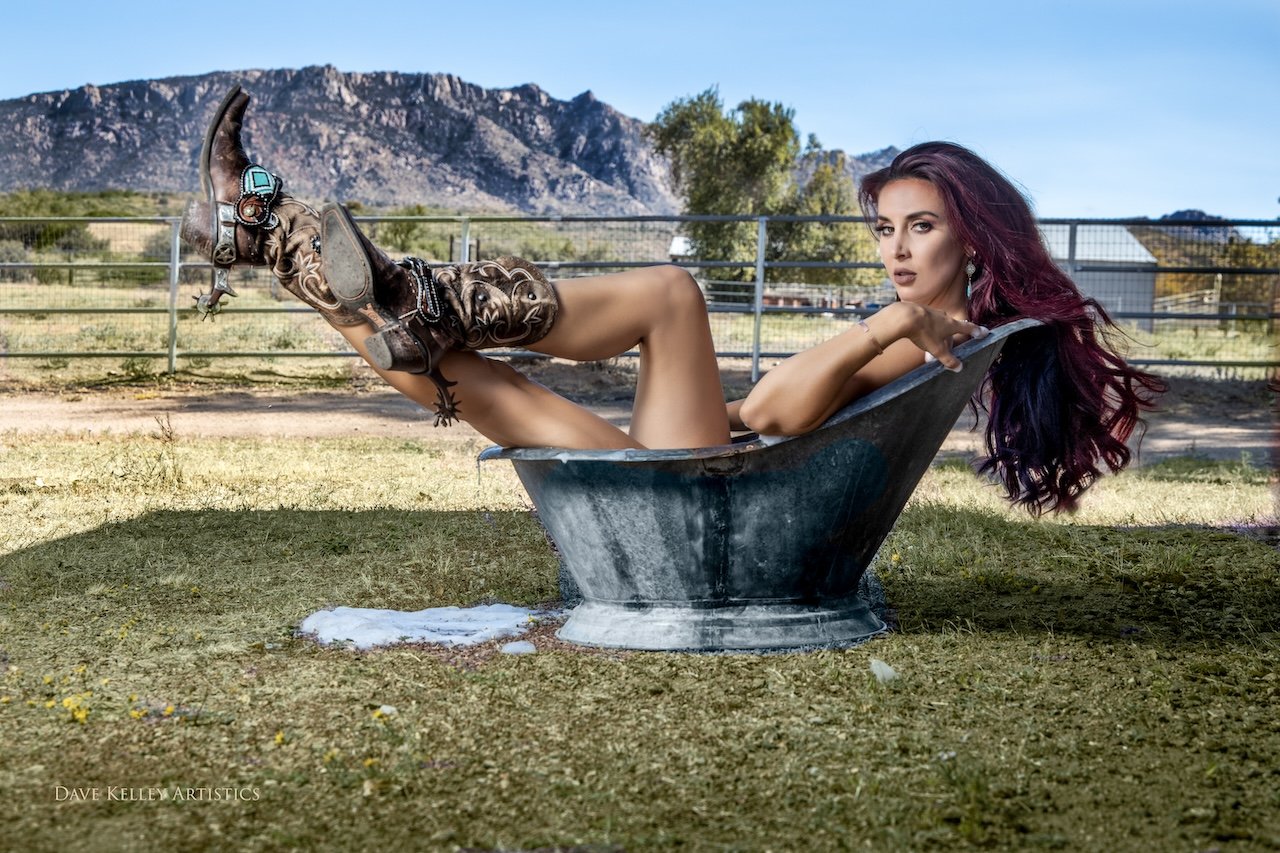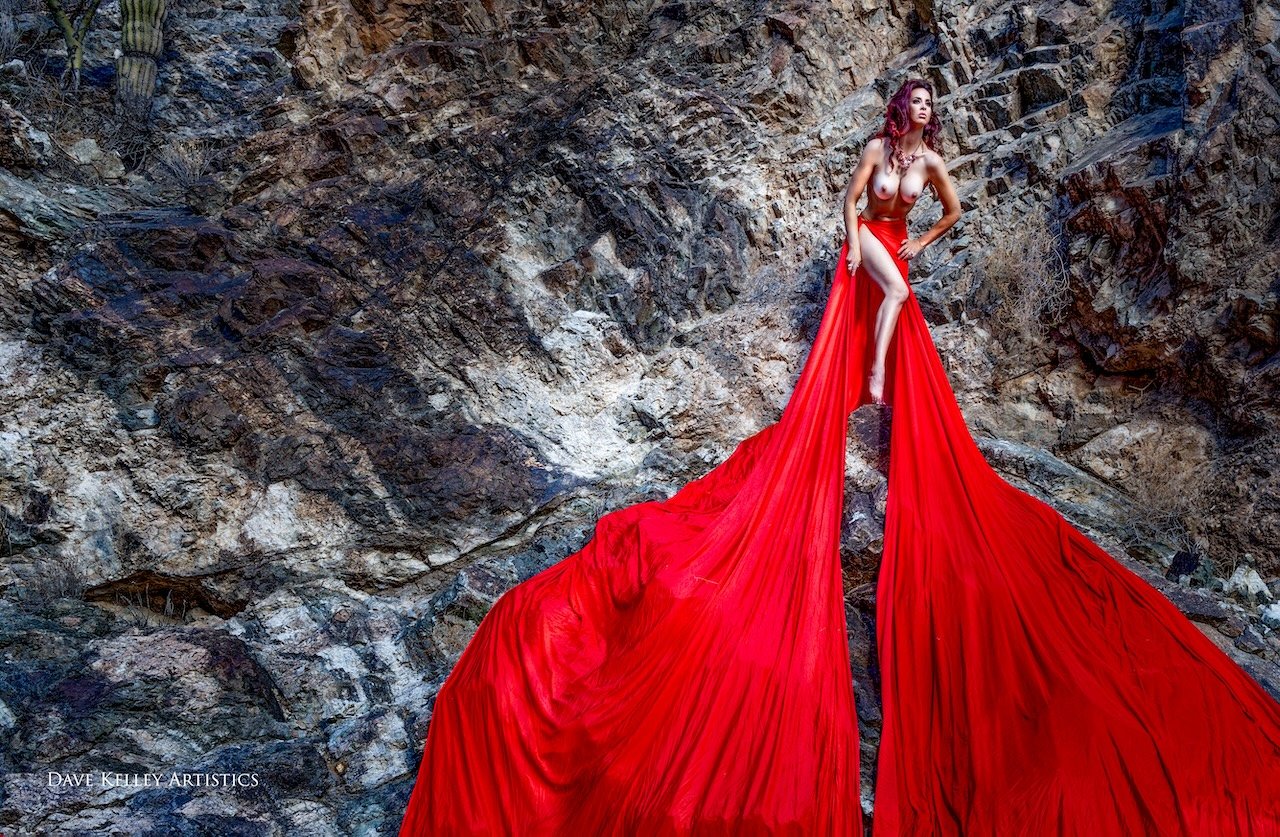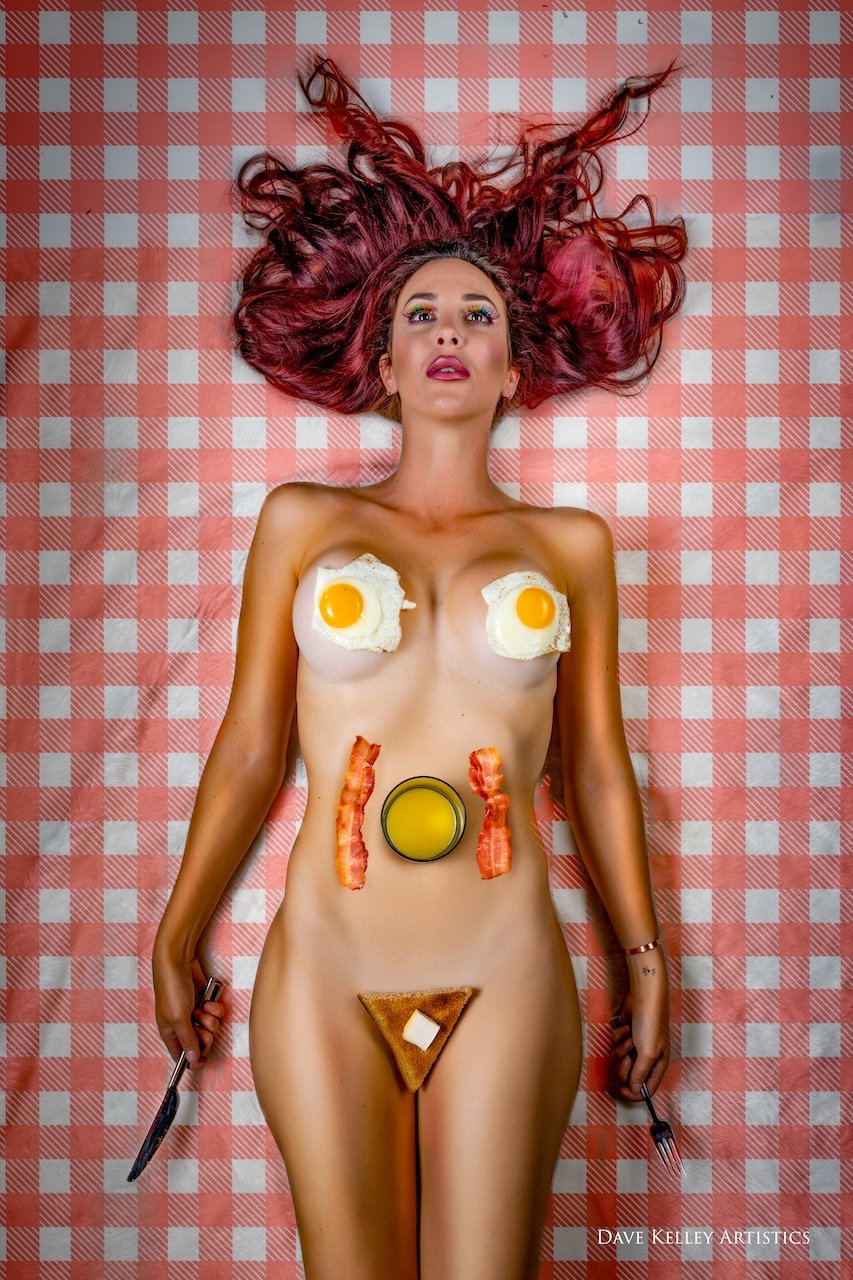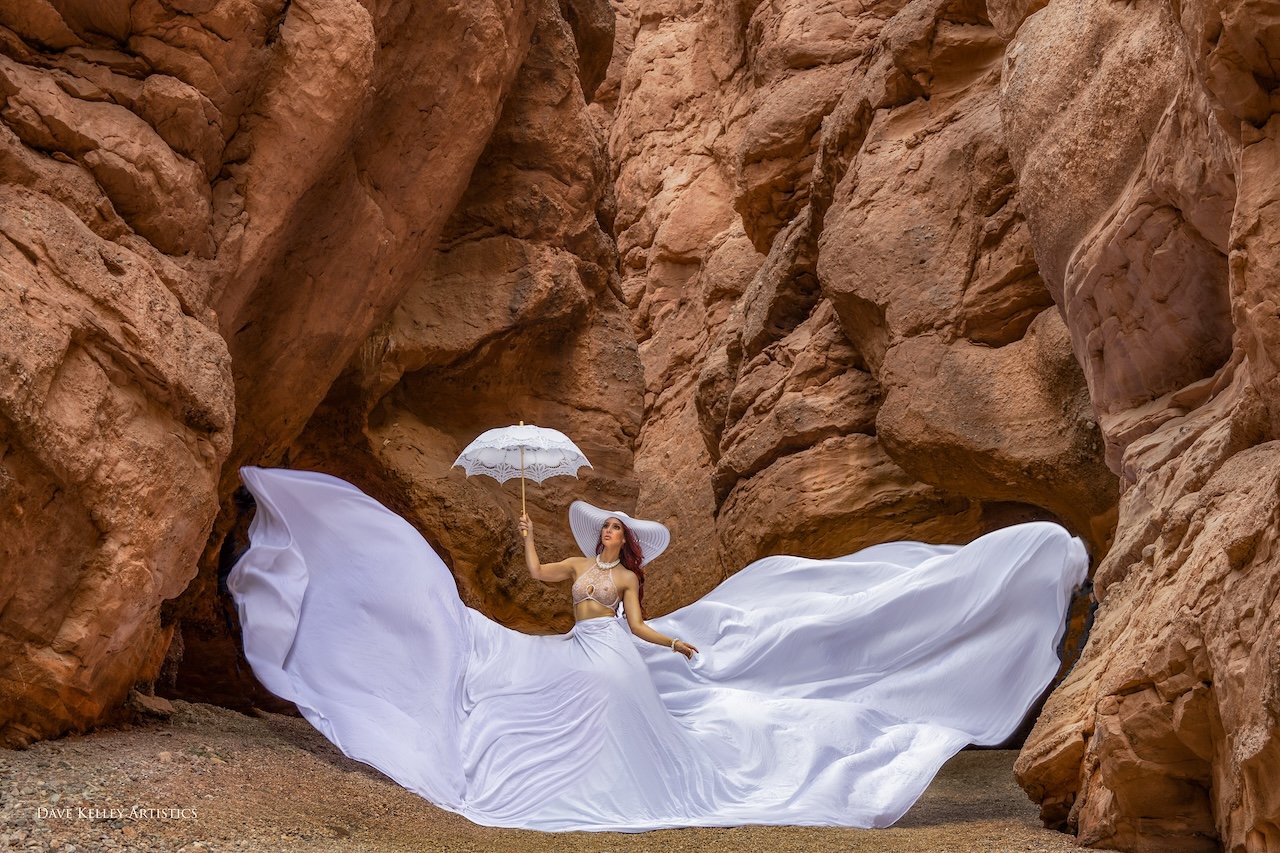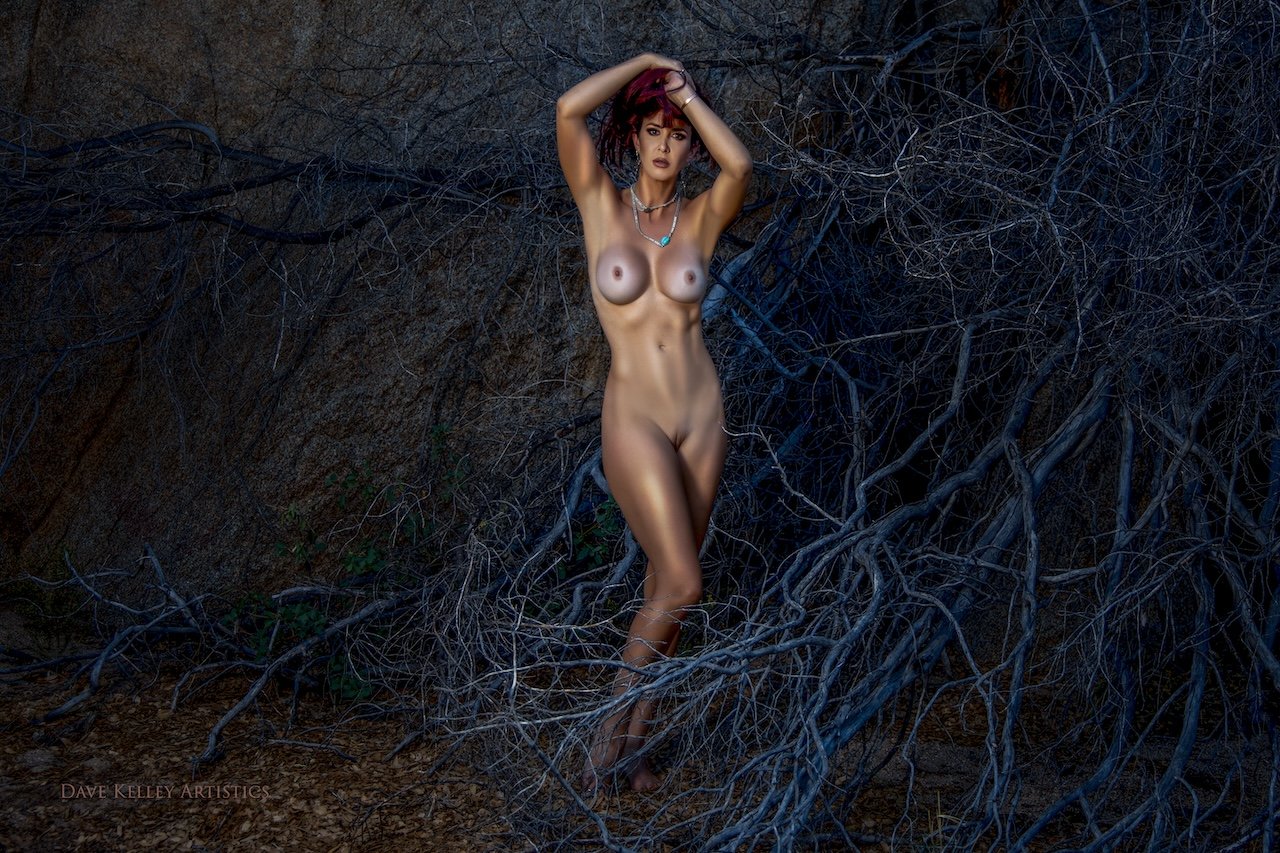Greetings, fellow spinning blue marble in space traveling partners!
As if most issues don’t have at least some dose of Elley, this one is all Elley. I swear, every time I scroll through my work with her, I find the number of locations and studio sessions a bit mind-boggling.
I’ve studied photographers from the past—the film days when a photographer was something very unique and required a lot of skills. The great photographers were as into the psychology of working with the subject as they were with darkroom techniques.
Good photographers are those that understand light and know exactly where to put the light or lights to get the exact lighting for the picture they wanted.
And you might think that old photos were never retouched. No photoshop or ways to add filters. Photography was black and white for decades before we discovered ways to do color. Here is an example of a before and after image from the 1930’s. The photographer, or someone on their staff, spent many hours using graphite shavings from a pencil lead to soften the skin for the final image. The finished image would be placed under an enlarger, and a photo would be taken to be reproduced in magazines or given to fans.
The examples on the right are from a beautiful book about George Hurrell, the top photographer for the Hollywood studios for a long time. He would set up everything in a comfortable environment. The actress or actor would come in, and they would start talking about their latest movie. As they spoke, George would be fiddling with the camera and lights. Then, after taking in the conversation, he determined something he could respond with that would give him the expression he wanted for the shot. Flash! Done. He very rarely took more than three pictures in a session.
Those were magical days. Except maybe that deodorant hadn’t been invented yet.
My main interest in photographers of the past has been their way of getting iconic looks. Thoughtful expressions. They had limits with film and editing. There was very little of either to cover mistakes.
Another fascination was the relationship some photographers had with some models. Each seemed to have at least one model that would become a partner in creating art. Some stayed plutonic, and some not so much, as you might expect. But, it was common.
Milton Green photographed Marilyn Monrow over 50 times in those ten years she was famous. They would get together at his little studio, she’d do her makeup. Then, she walked out in a robe and asked him what he wanted her to wear. One time, they shot her in her robe as she sat on the floor, and he caught her facial expressions that were priceless. And her.
My favorite is probably David Bailey, who shot in London in the 60’s. Anyone who was famous shot with him at some point. He had a ‘main muse’, Jean Shrimpton whom he often shot.
I’ve been shooting for 14 years, and looking back, I see a few models I’ve worked with many times—some with over a dozen shoots that we’d done together. Some became good friends. Some have moved on. That’s how life works. I still cherish my time with them and the work we created. The laughs, the adventures, the art.
Happy holidays!
To be a great conversationalist, ask questions and listen. Repeat.
“Be curious, not judgemental” - Walt Whittman
And if you’d like to give me any feedback on these Museletters, feel free! I love to hear from you all! - Contact form
New images…and some classics
This week in the life…
